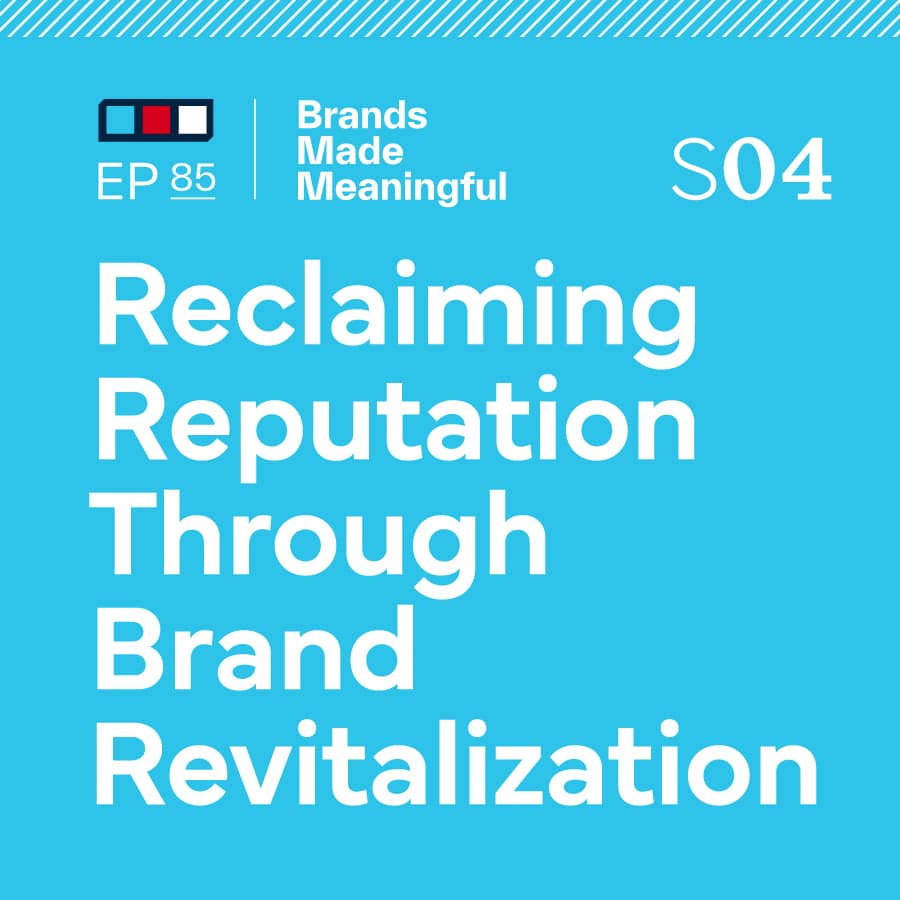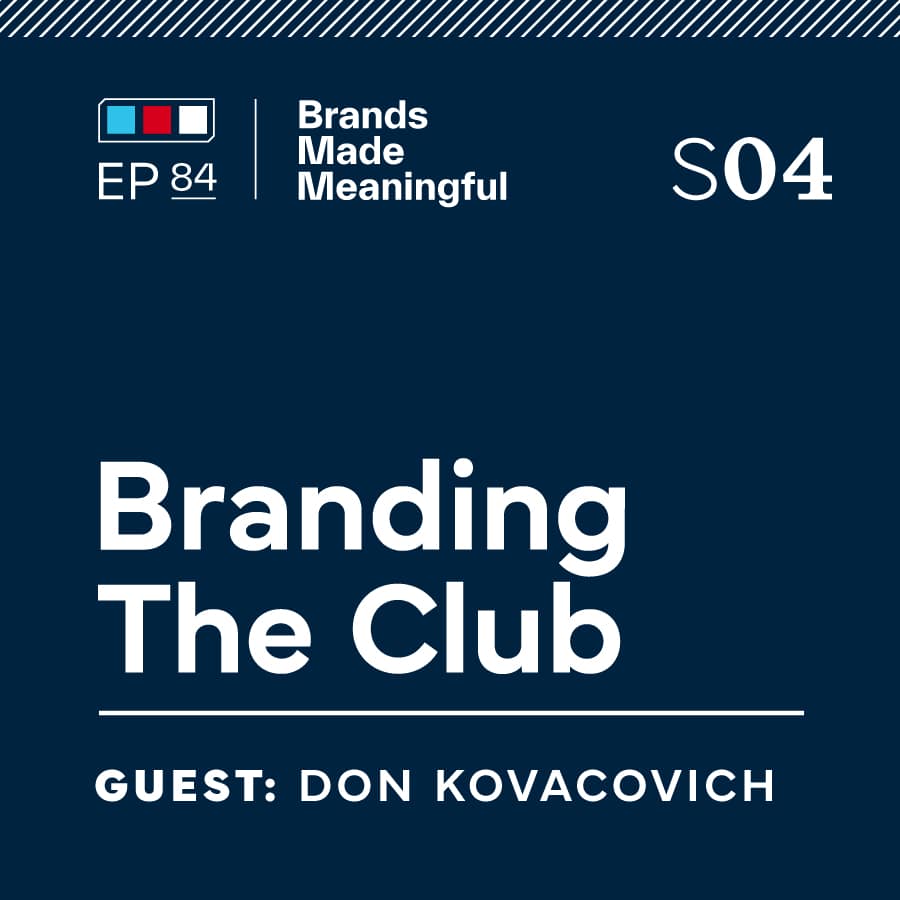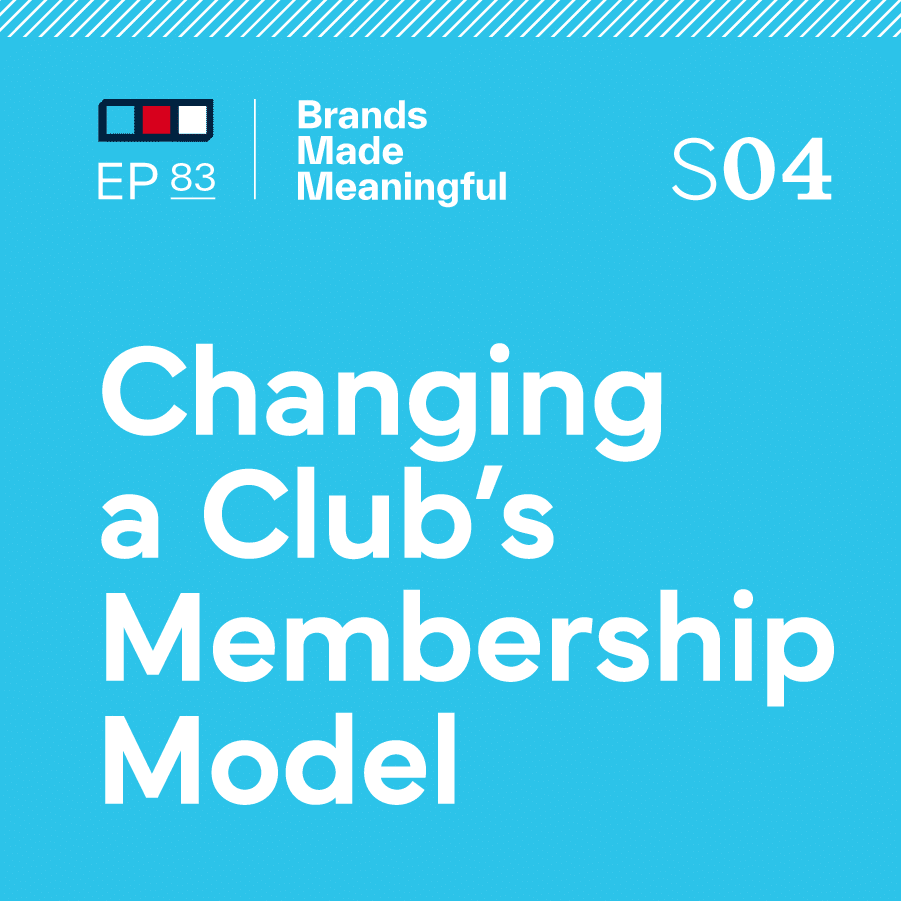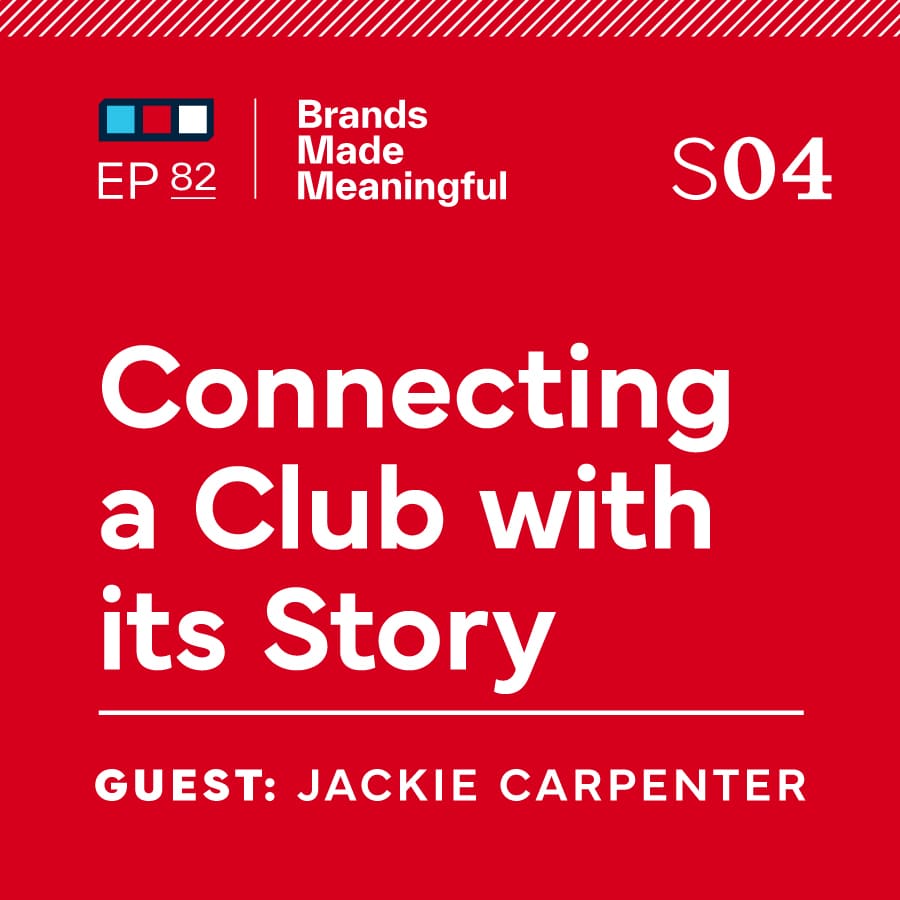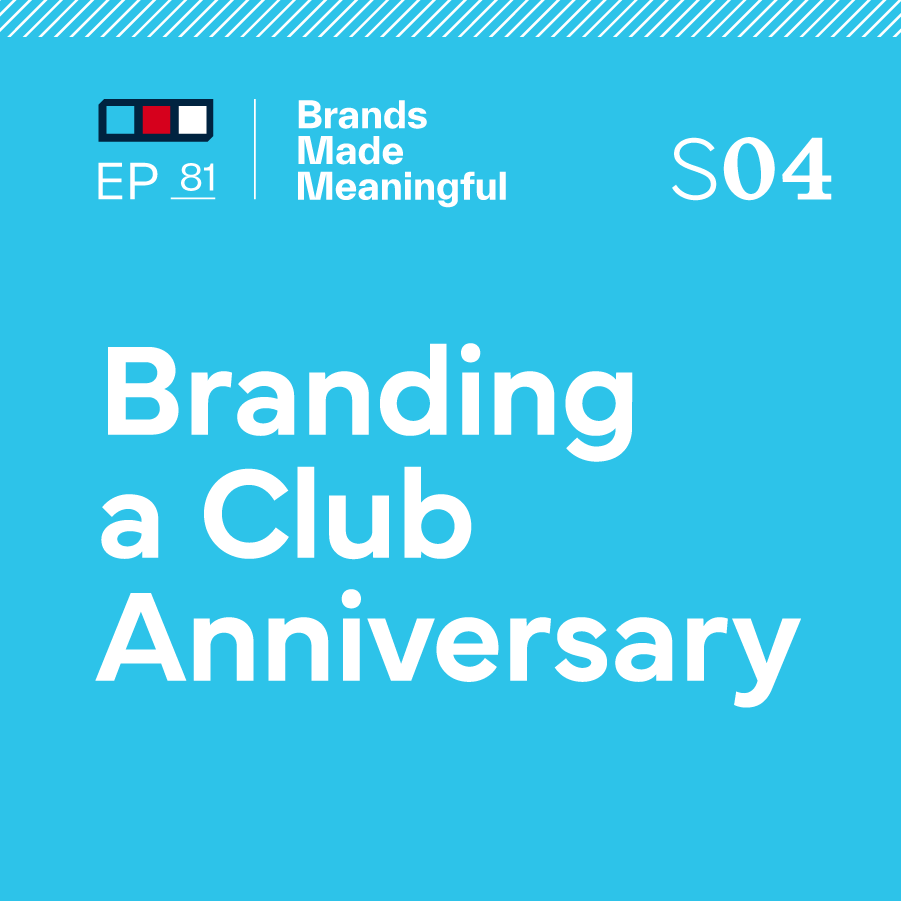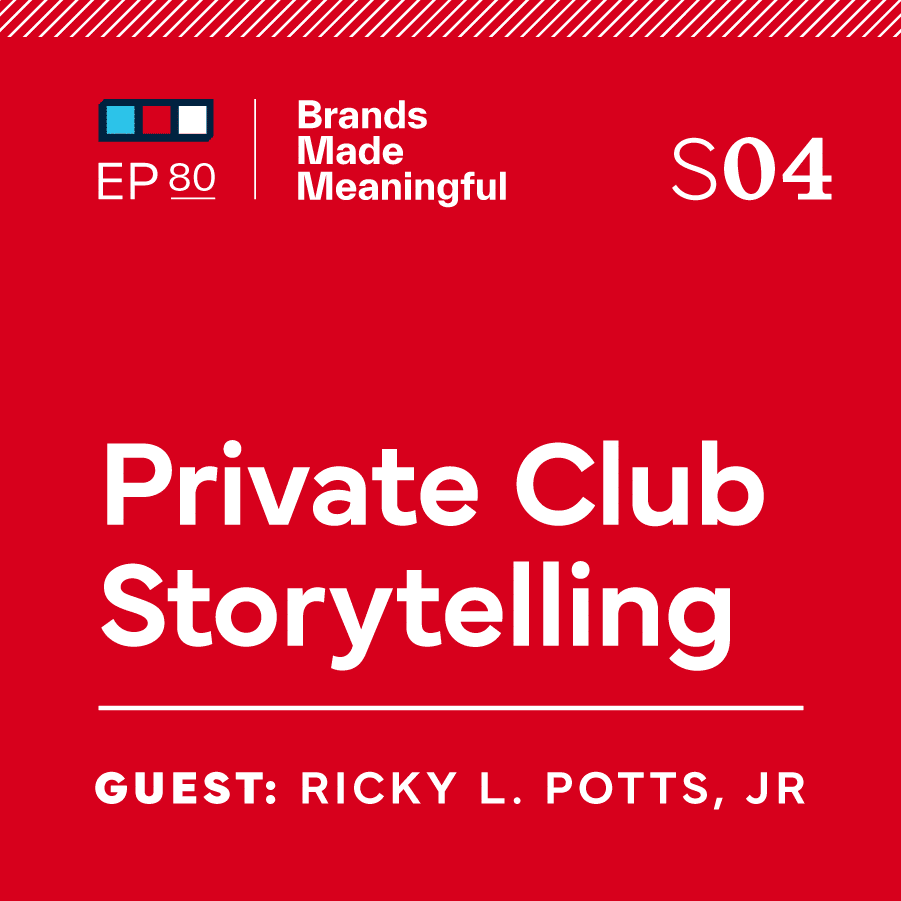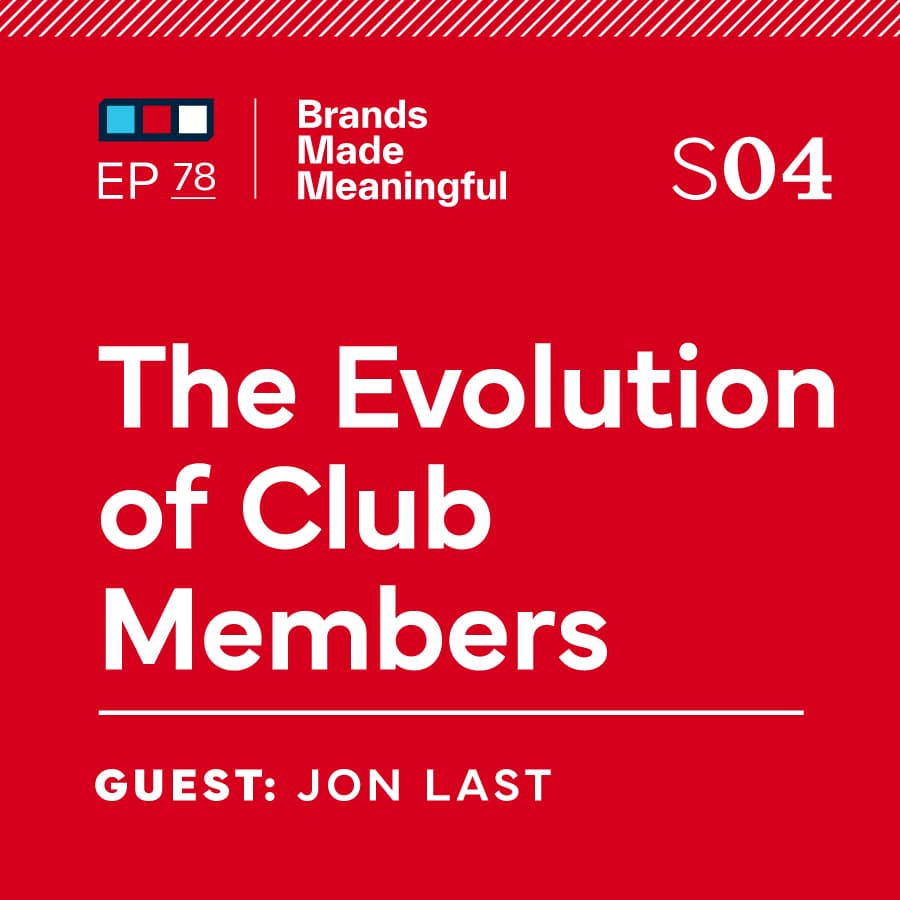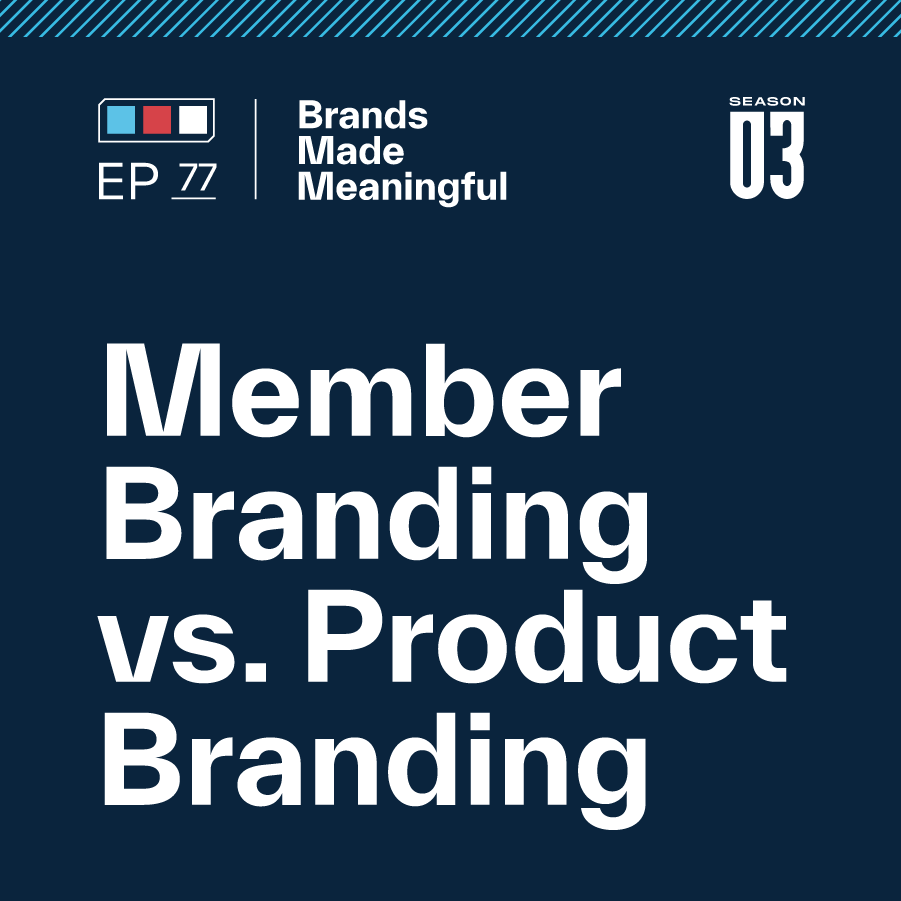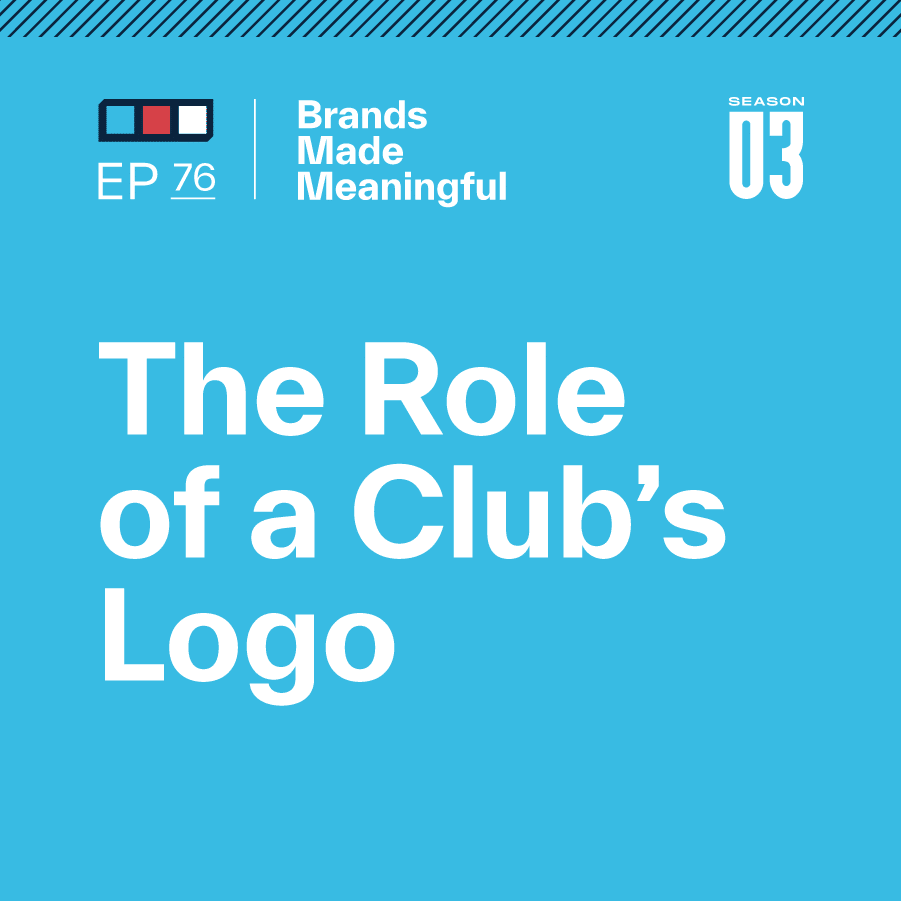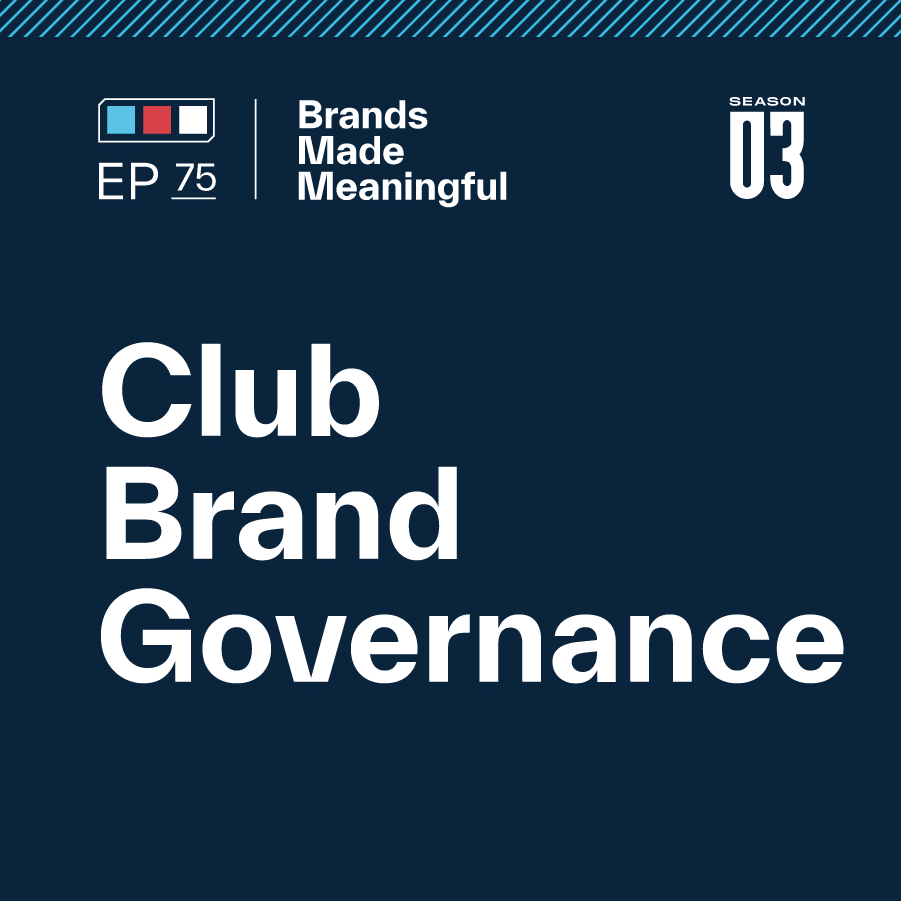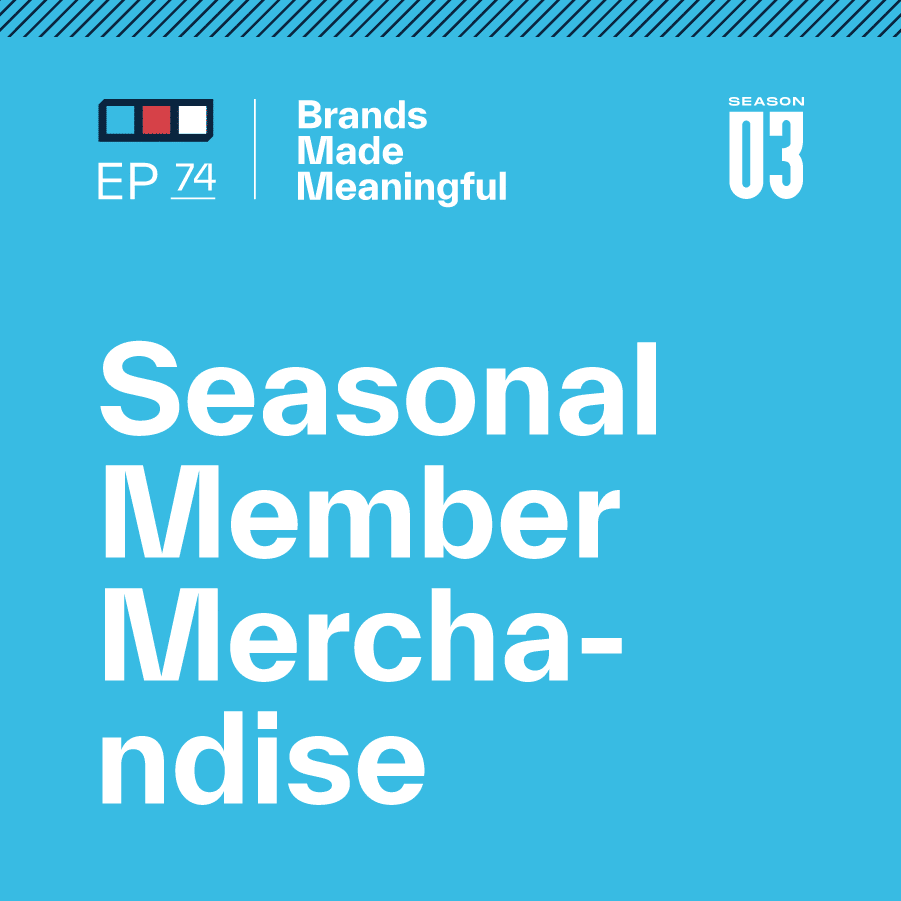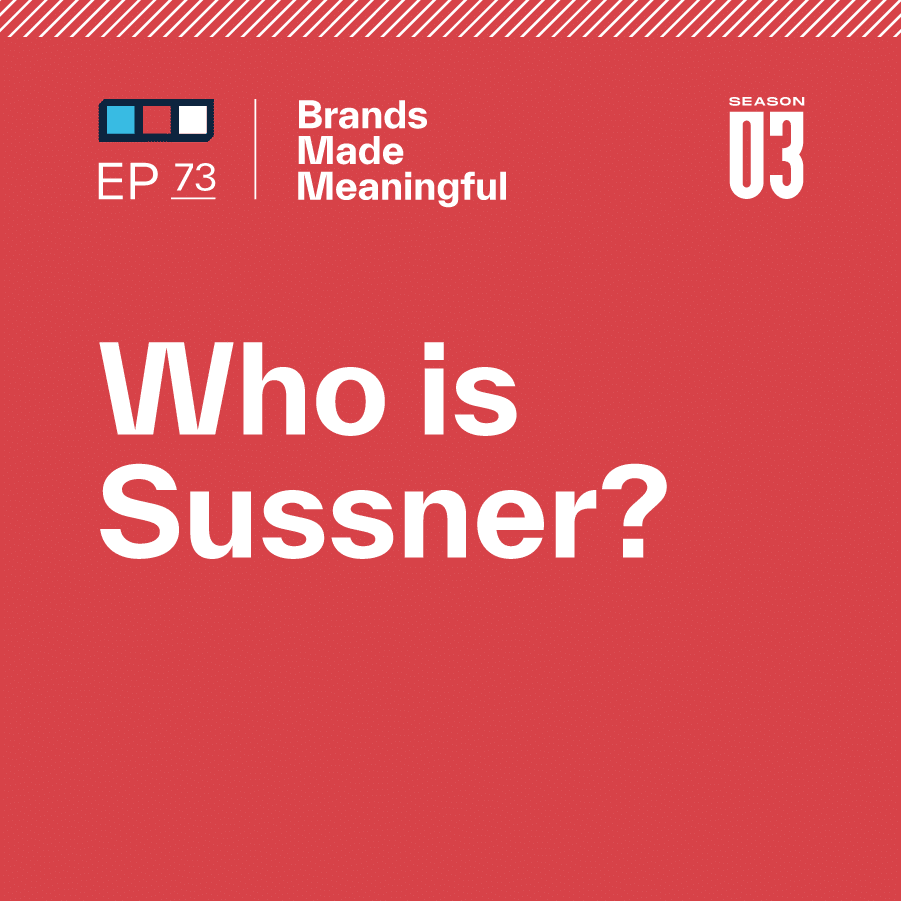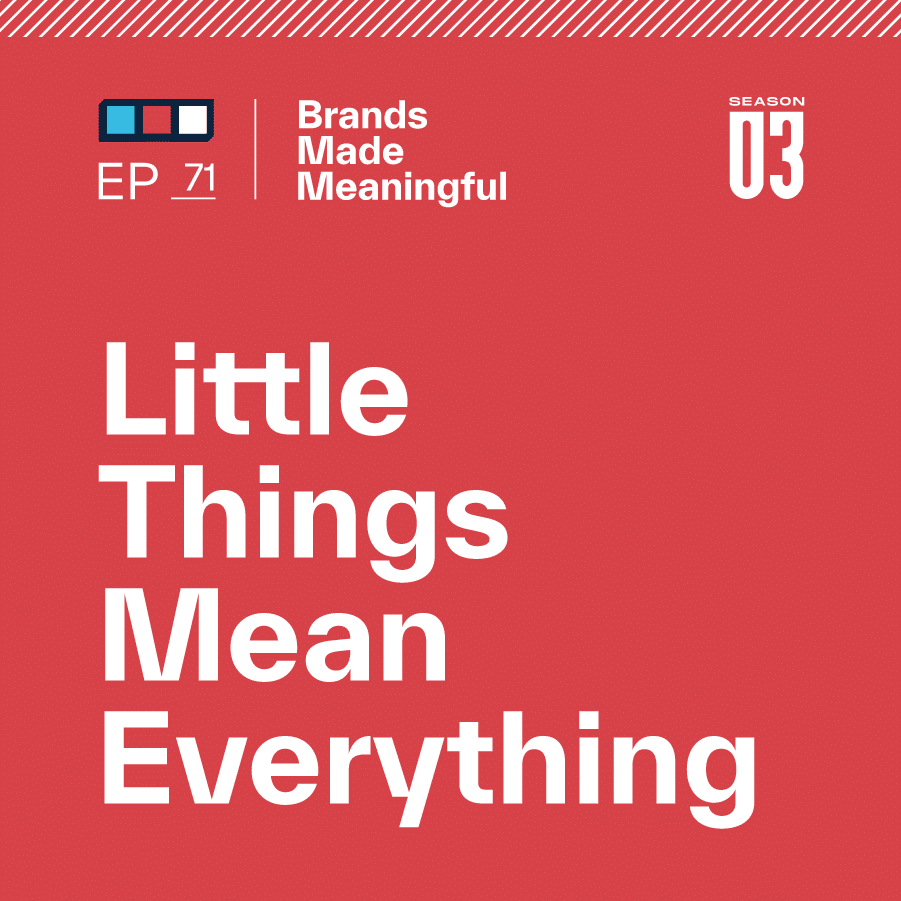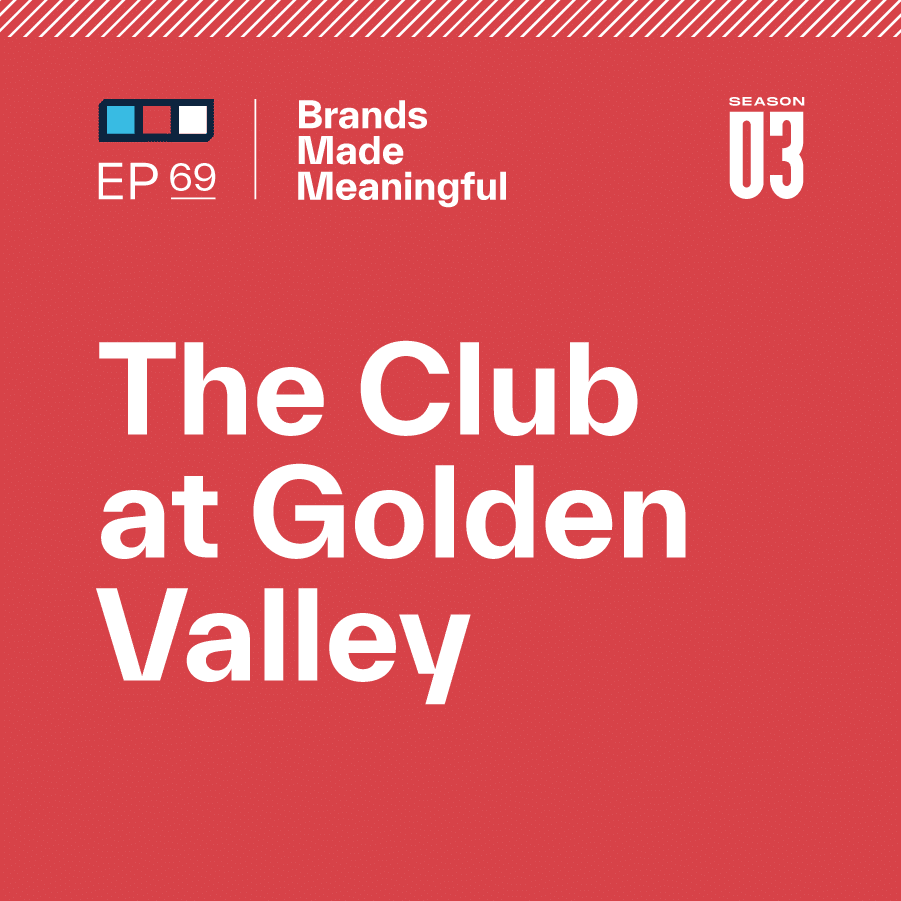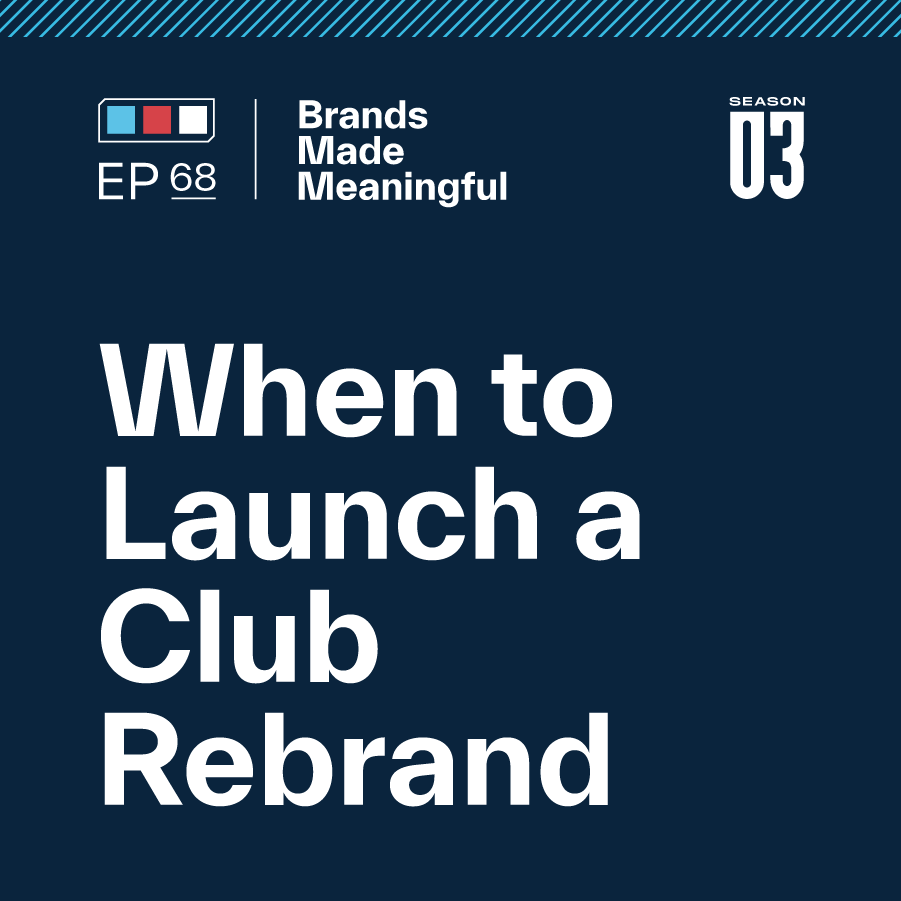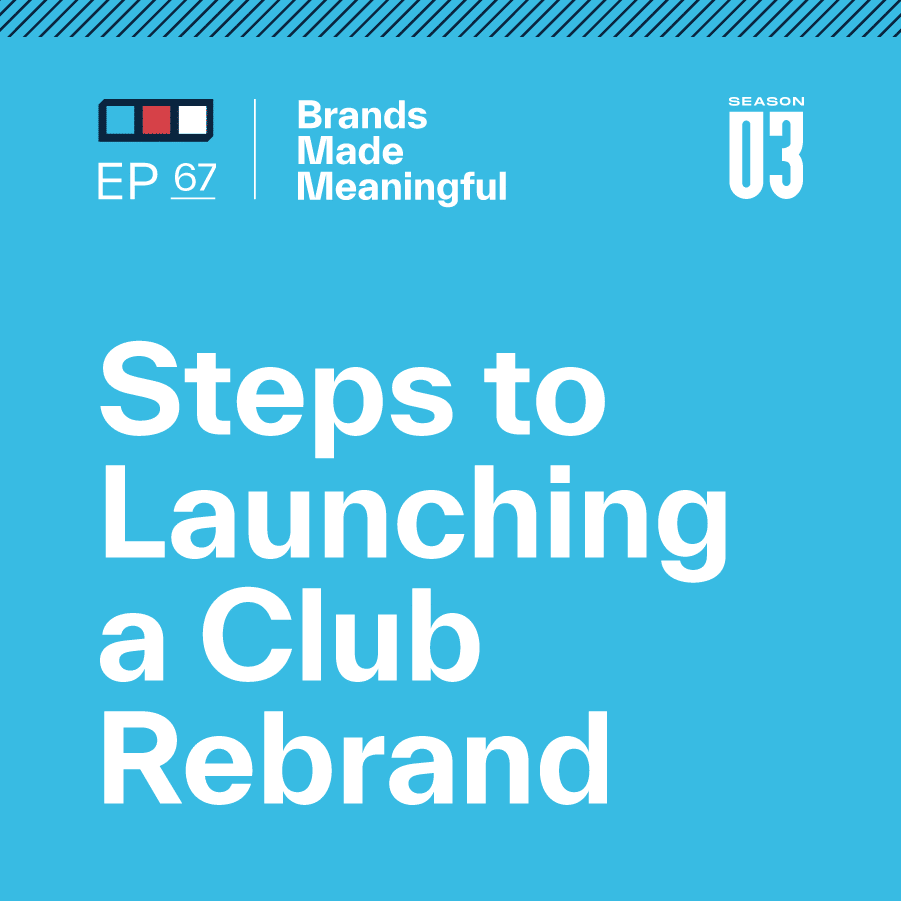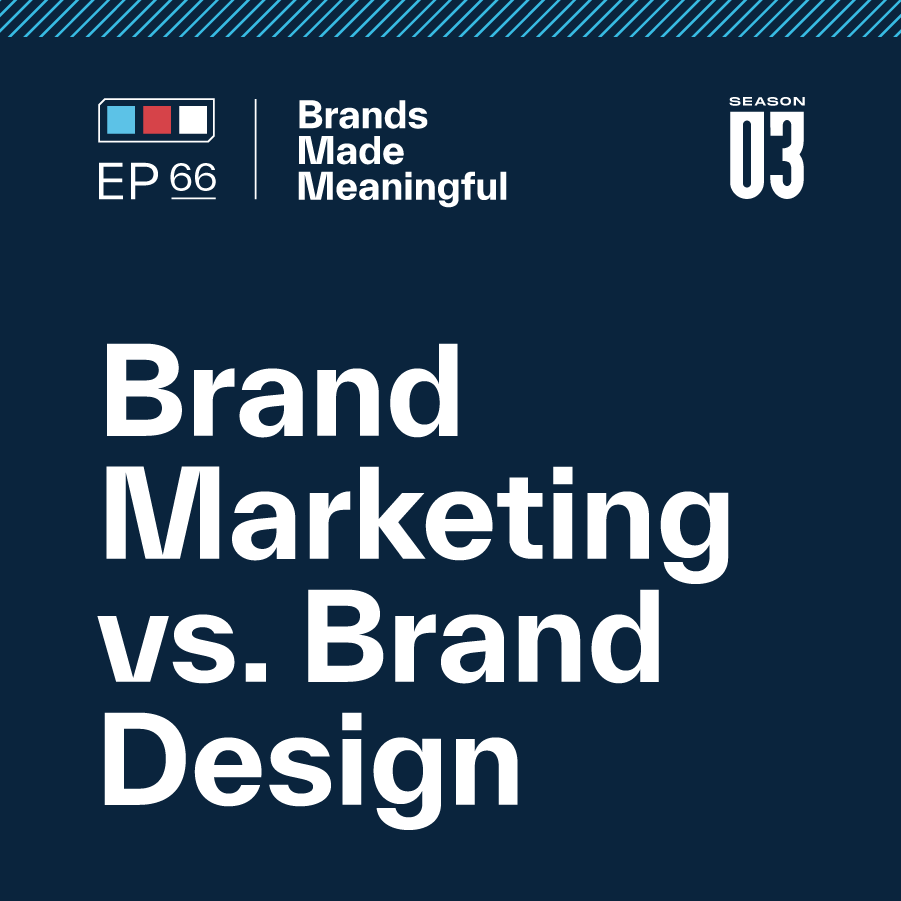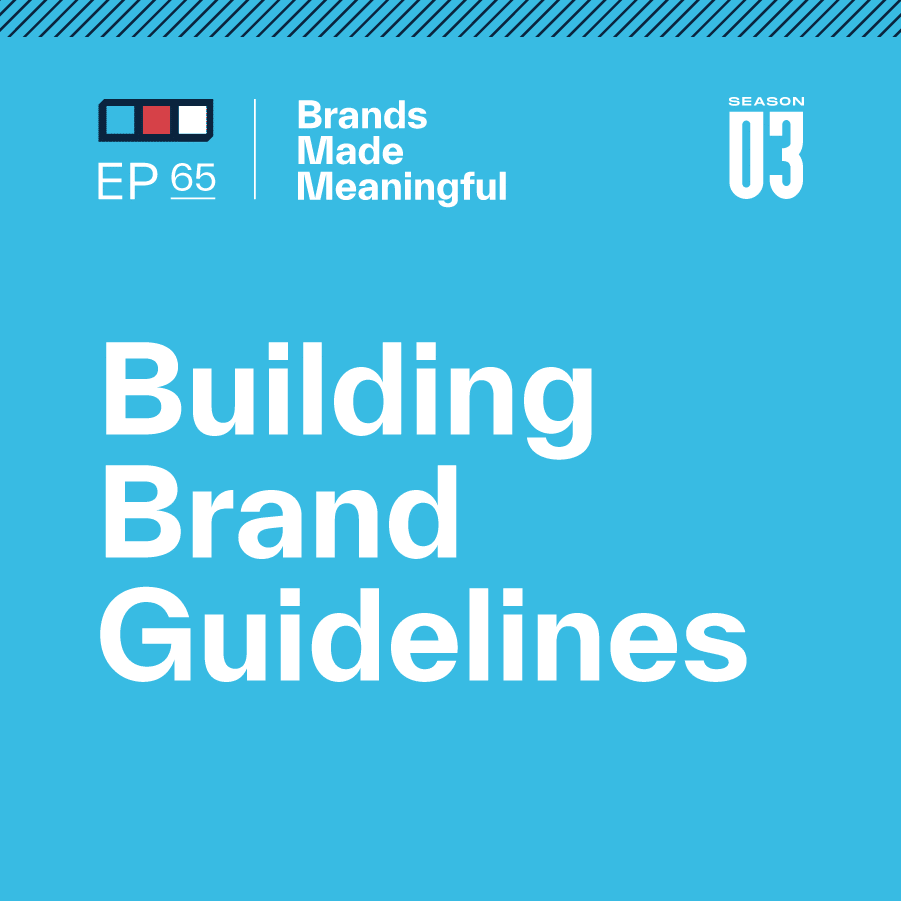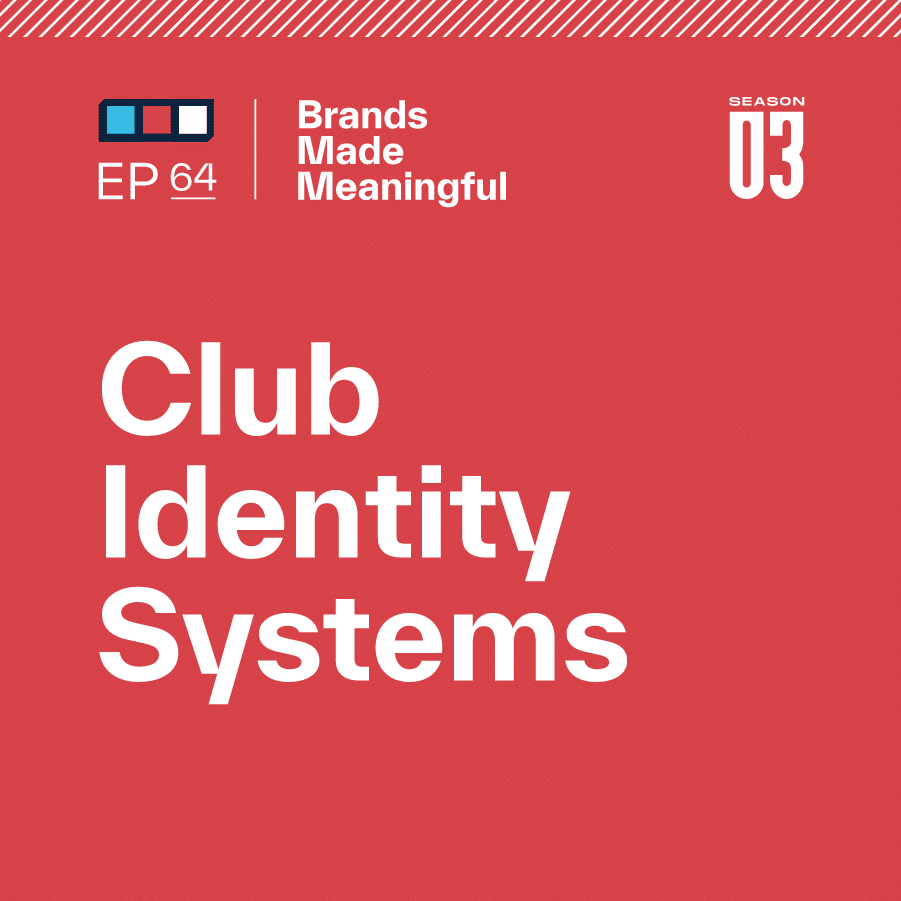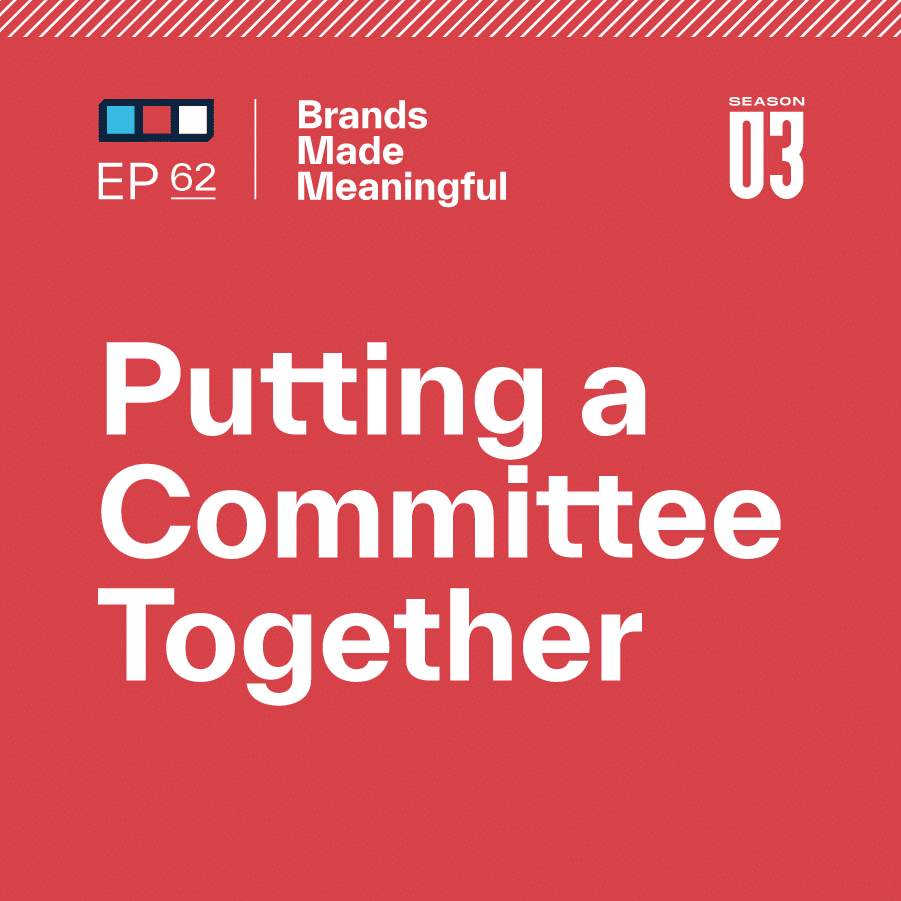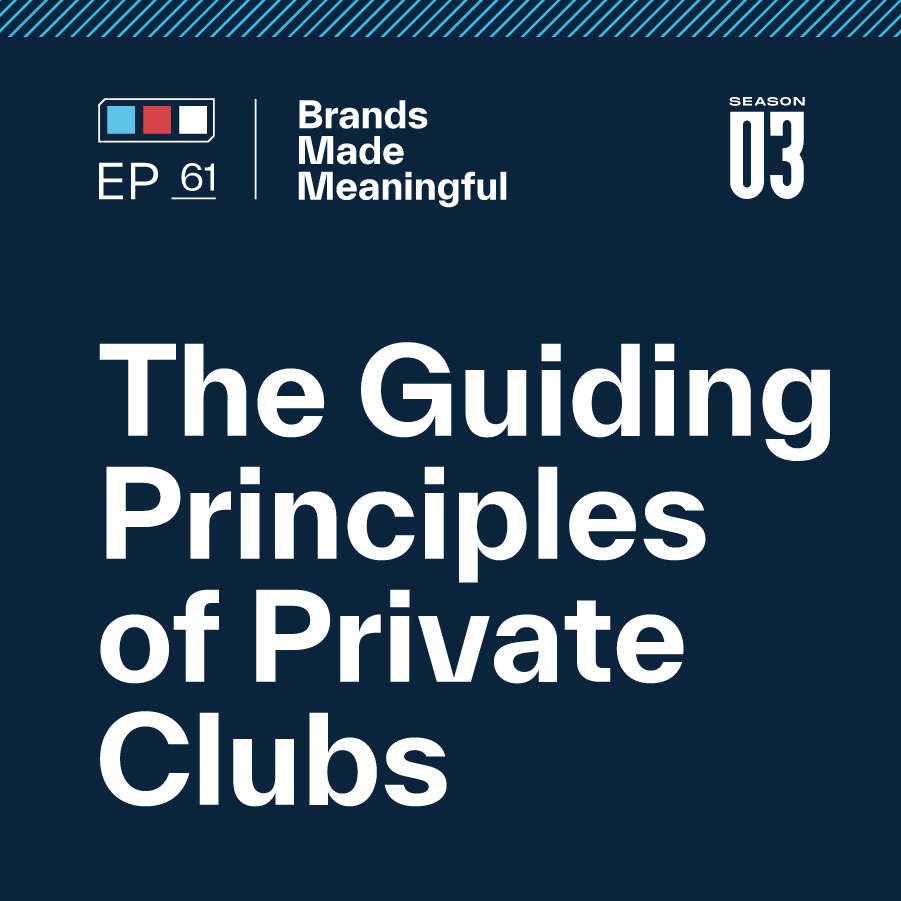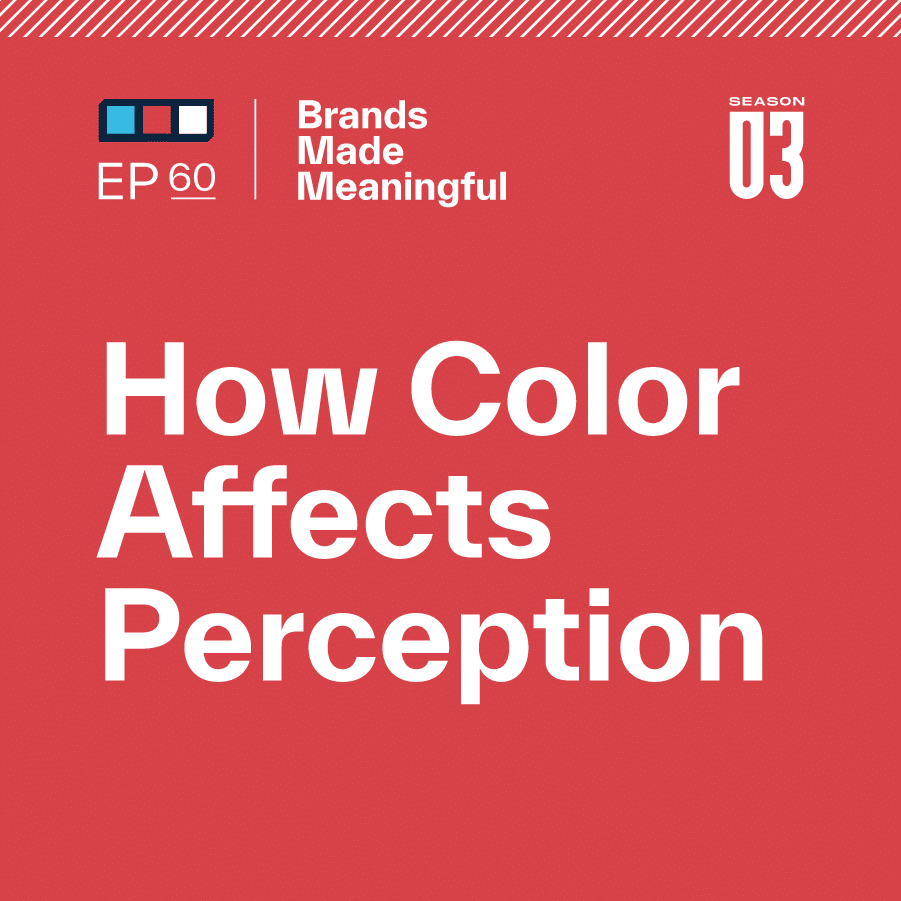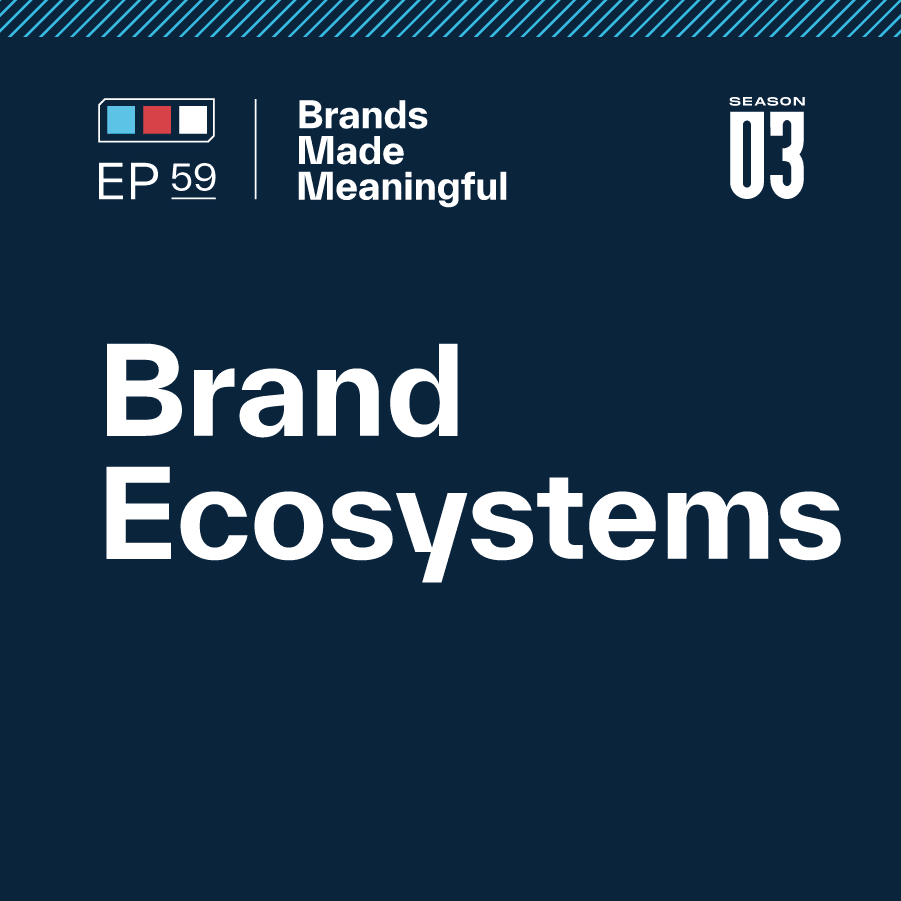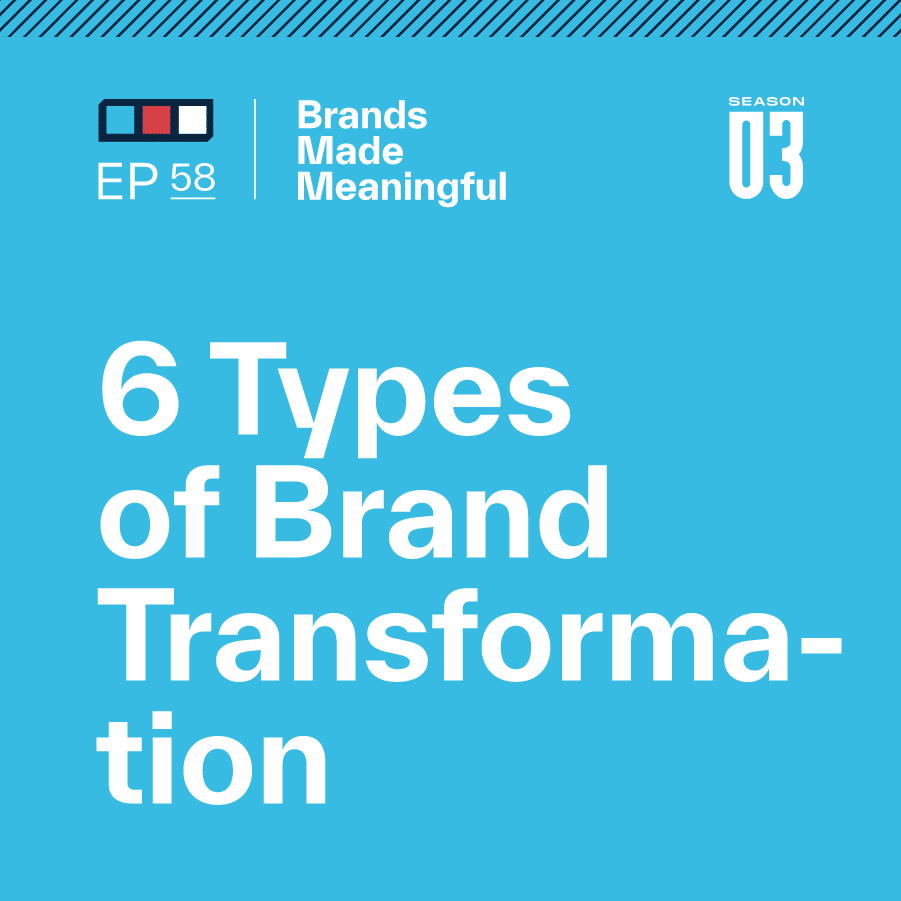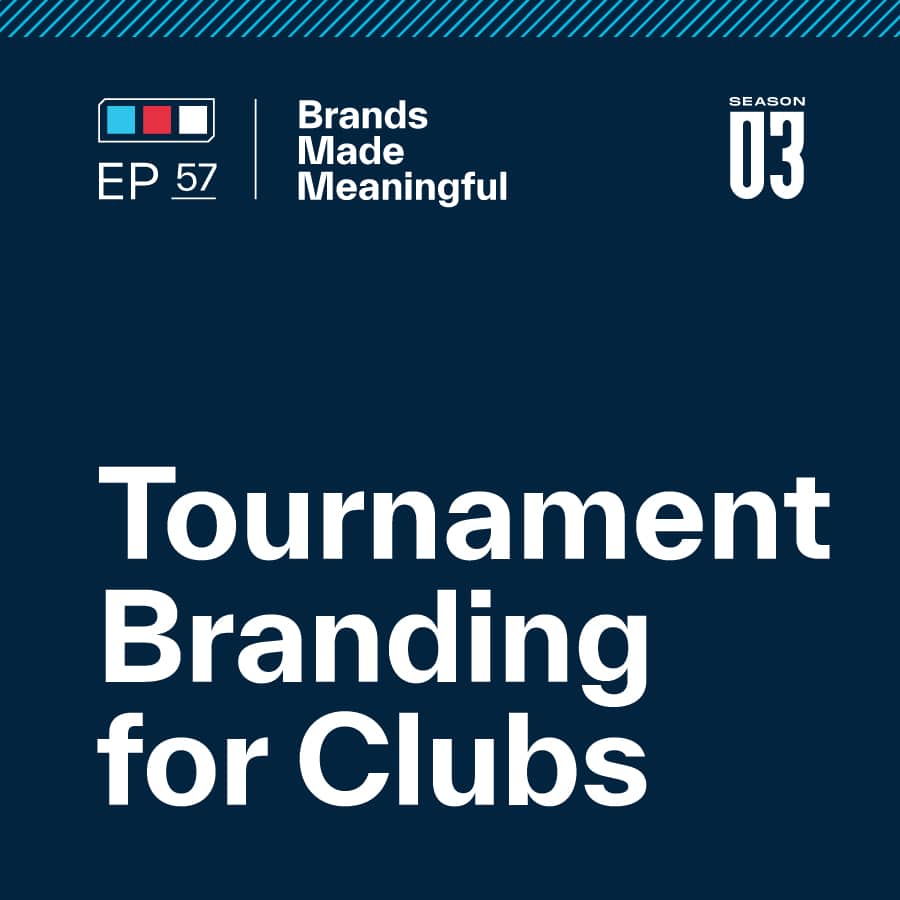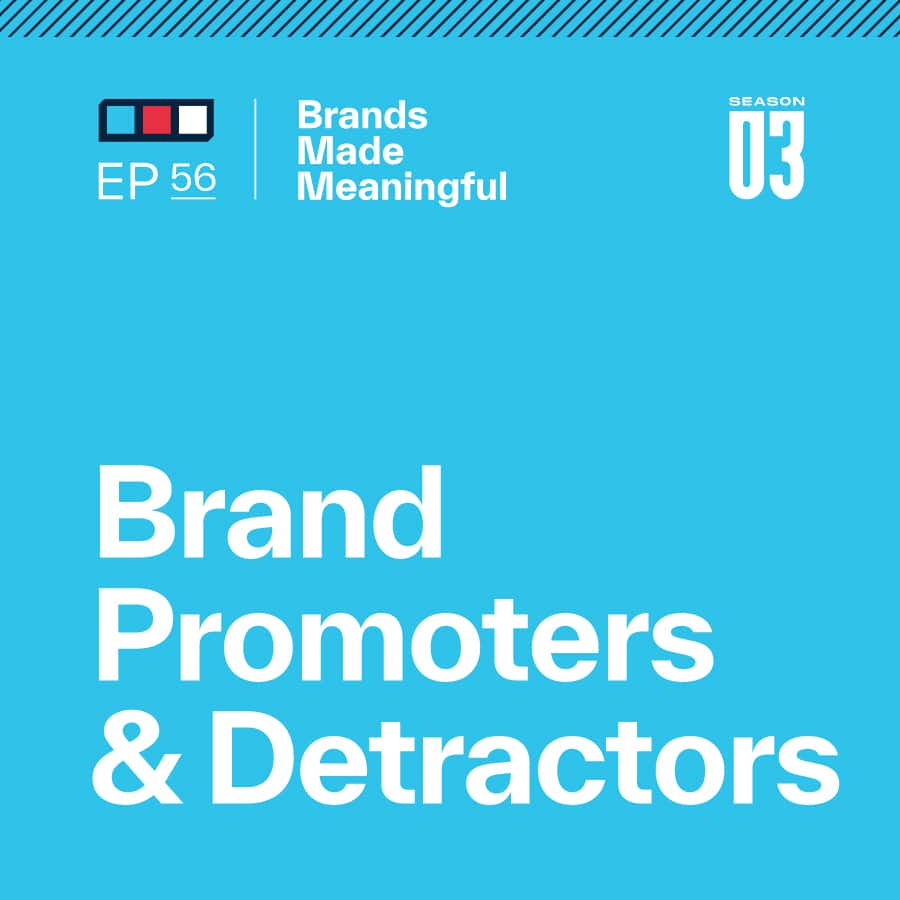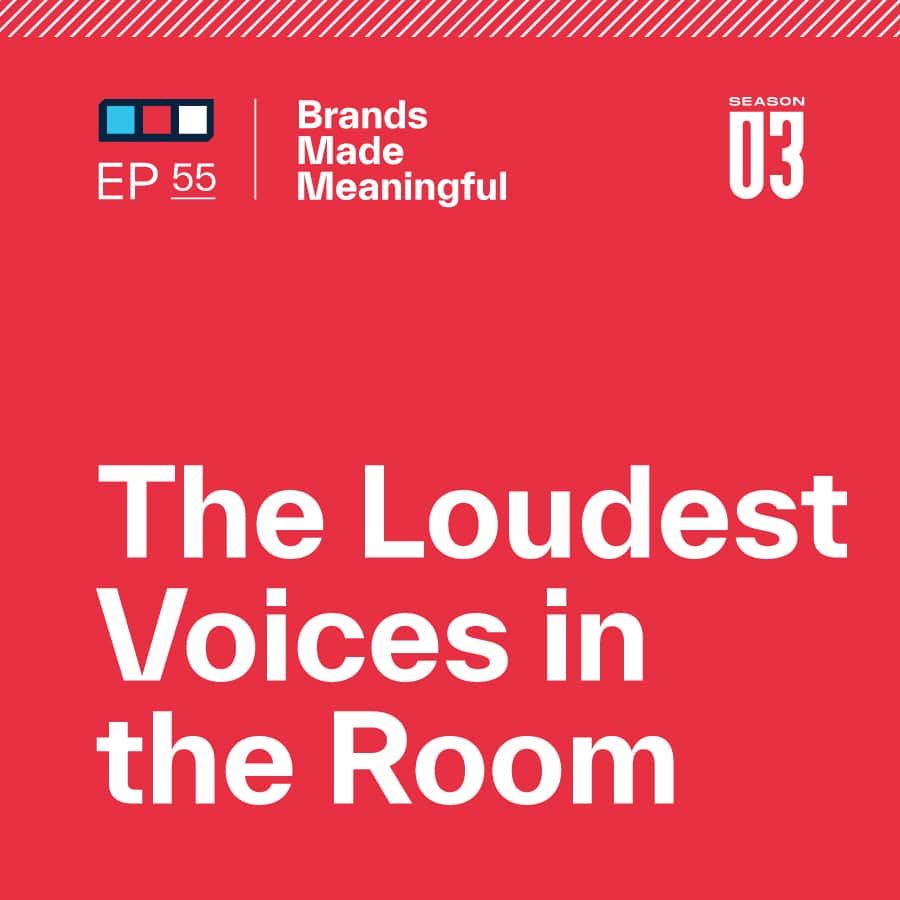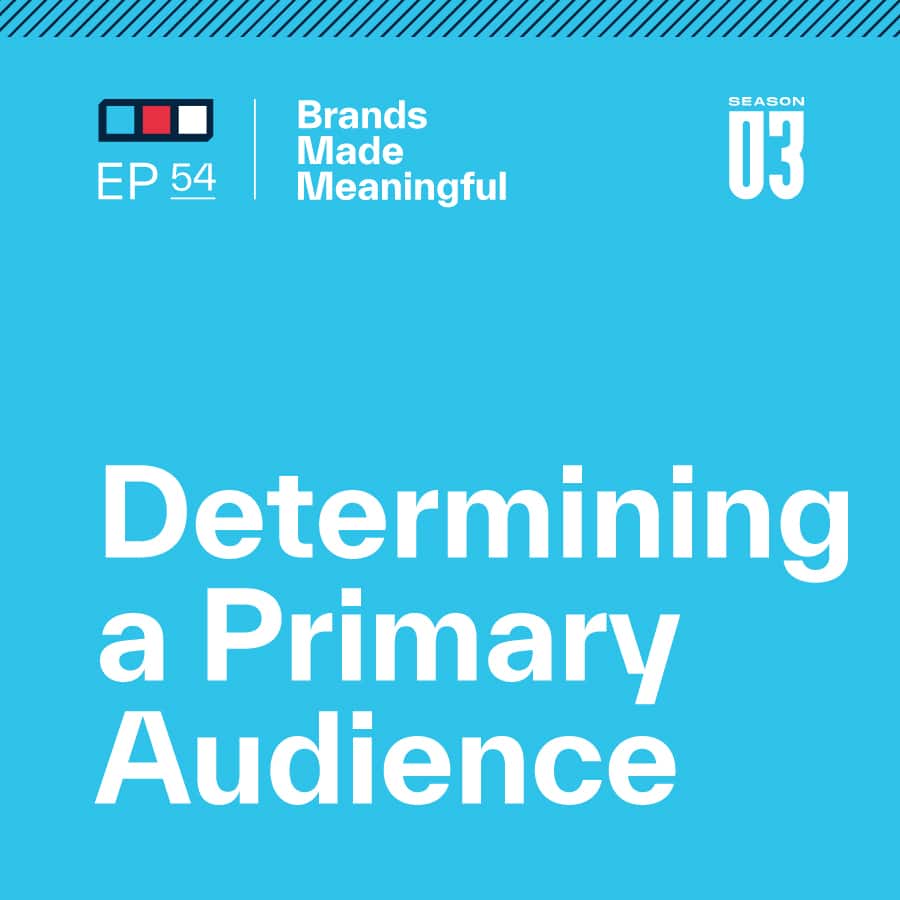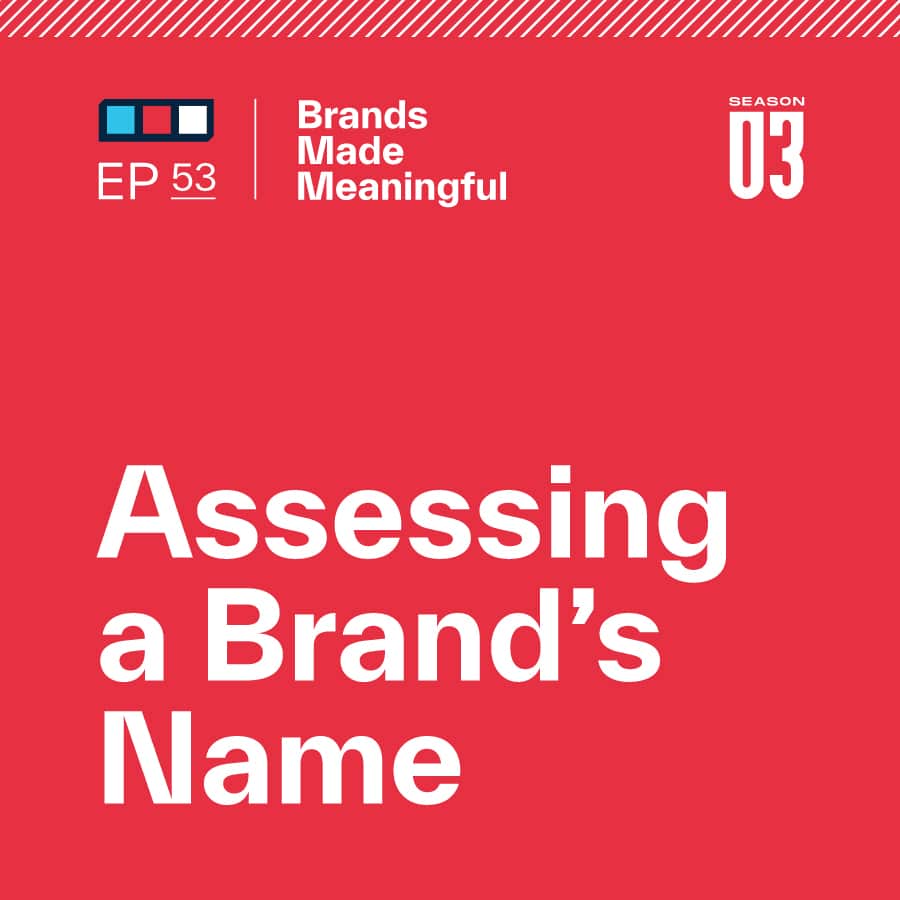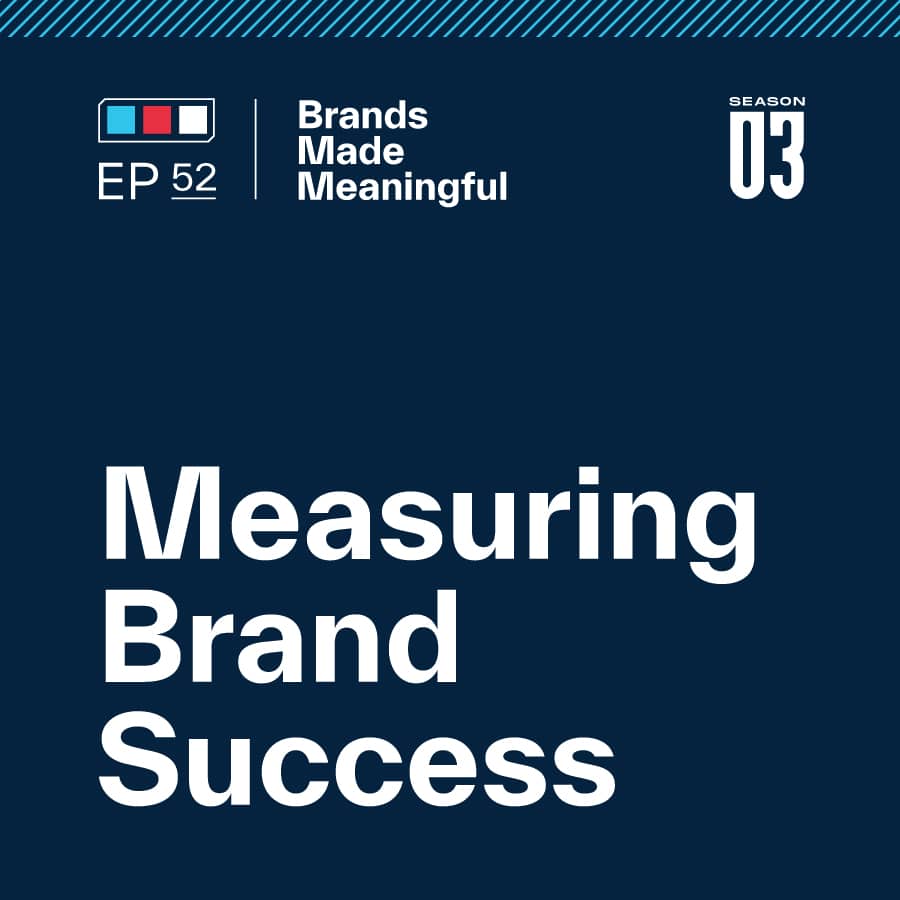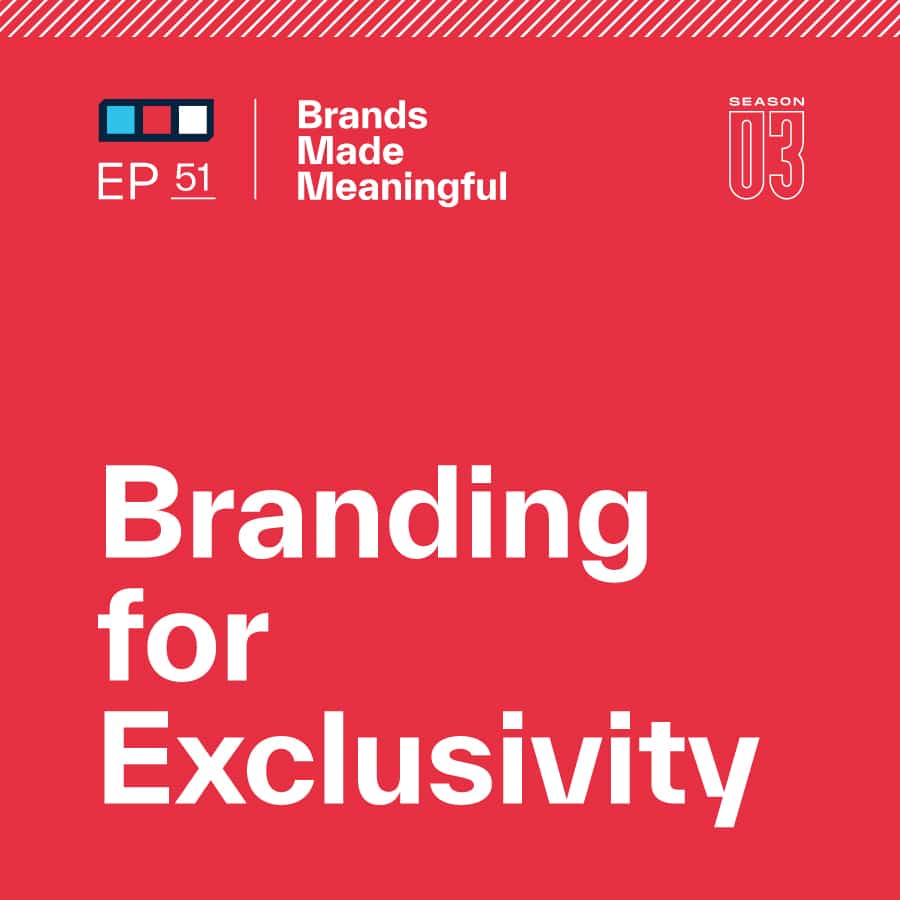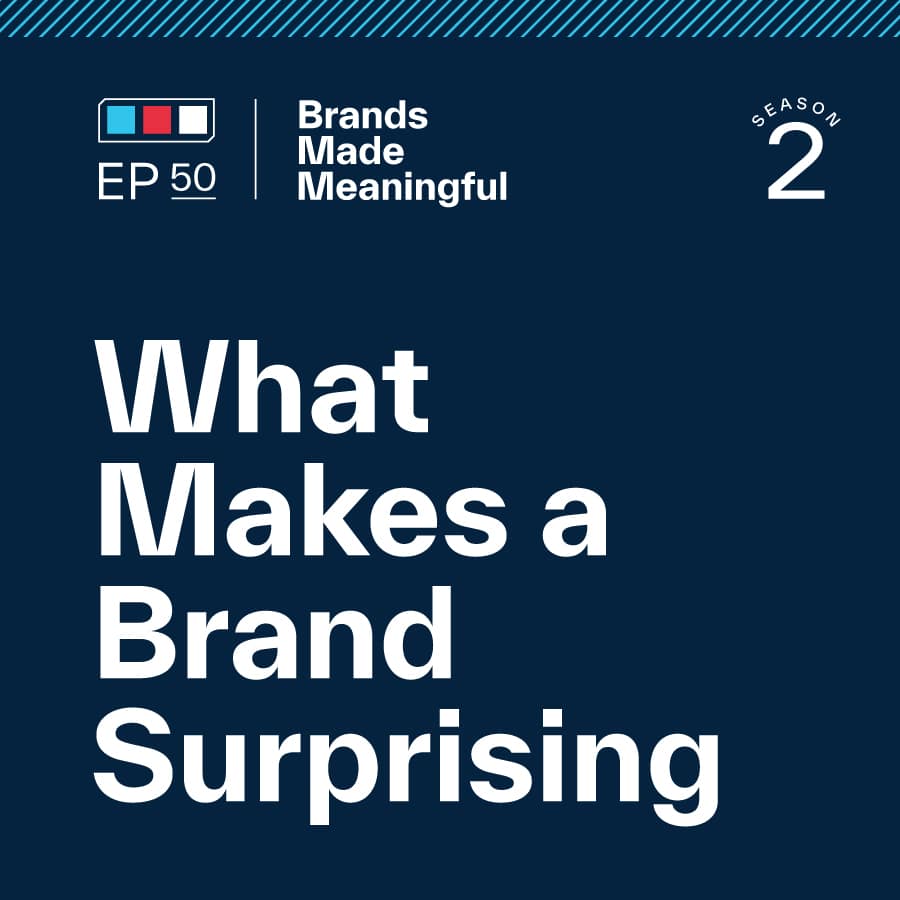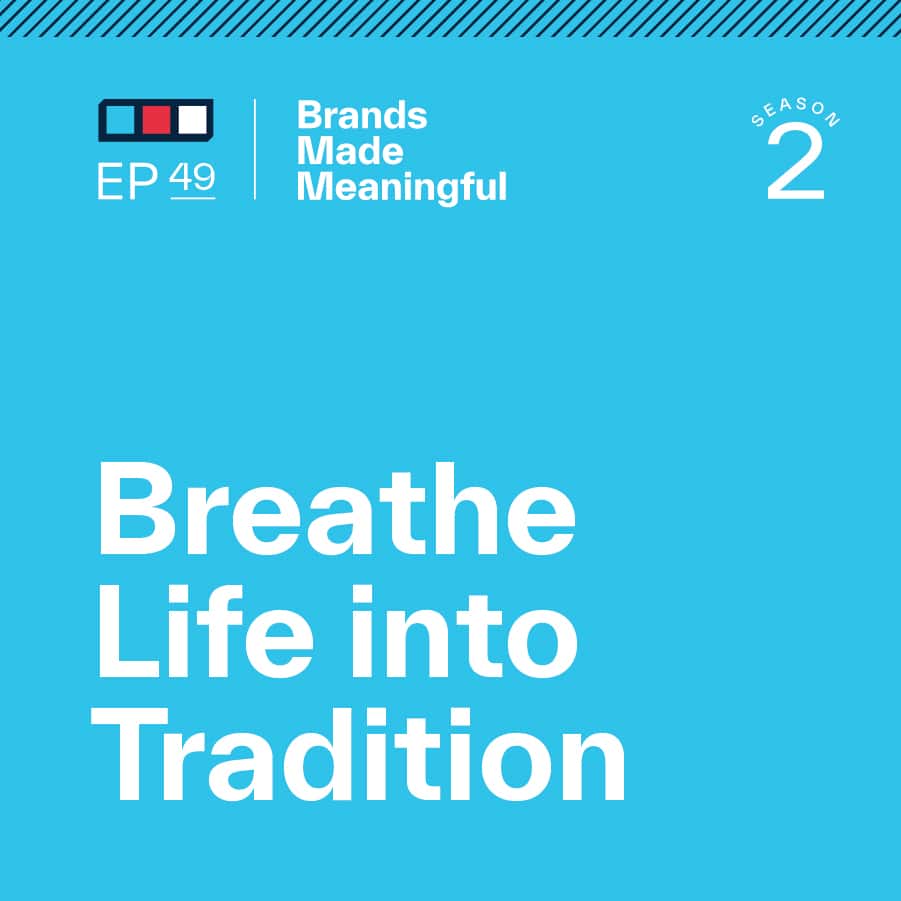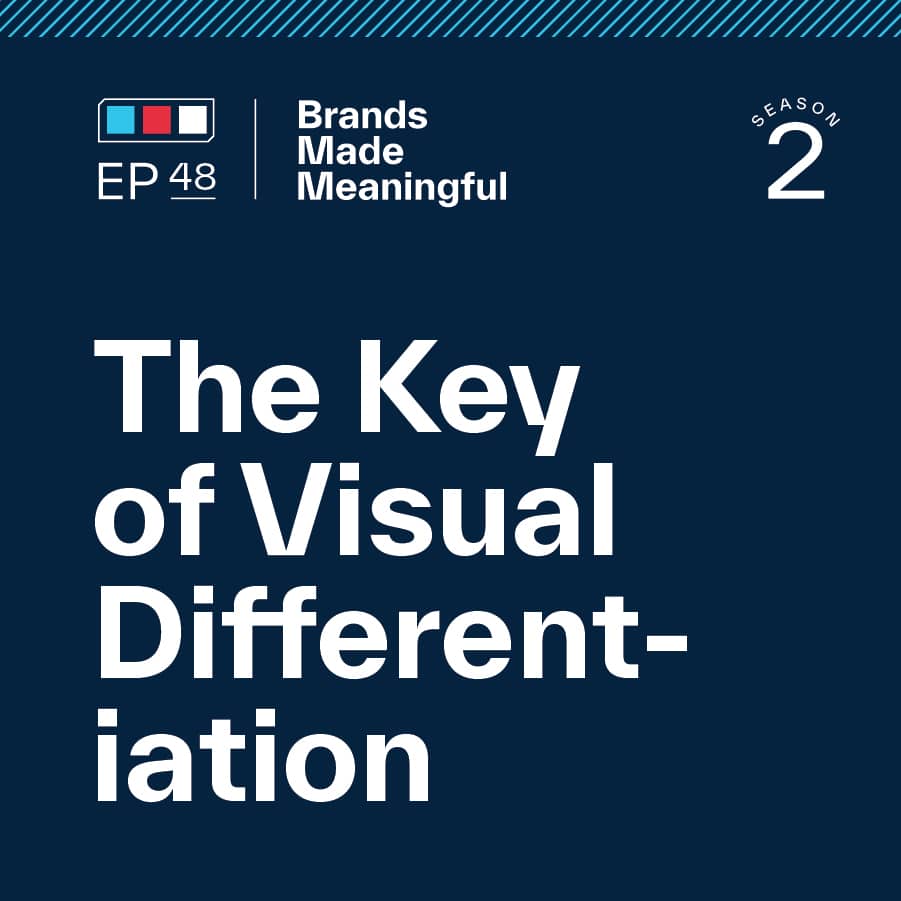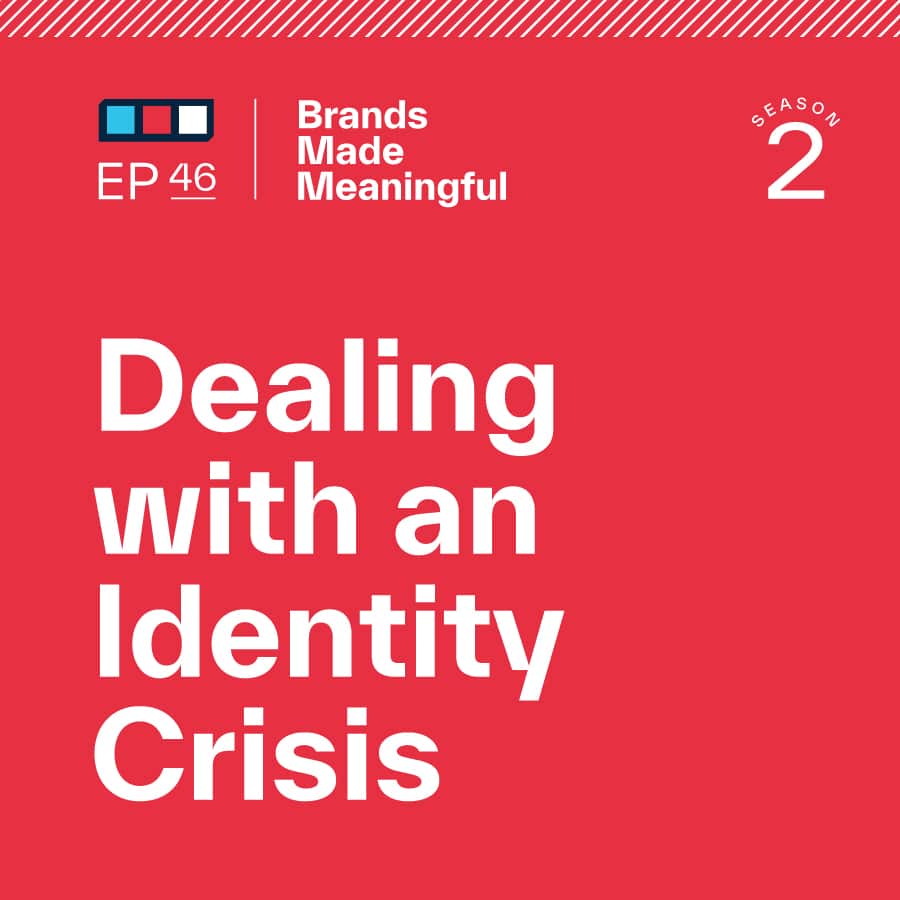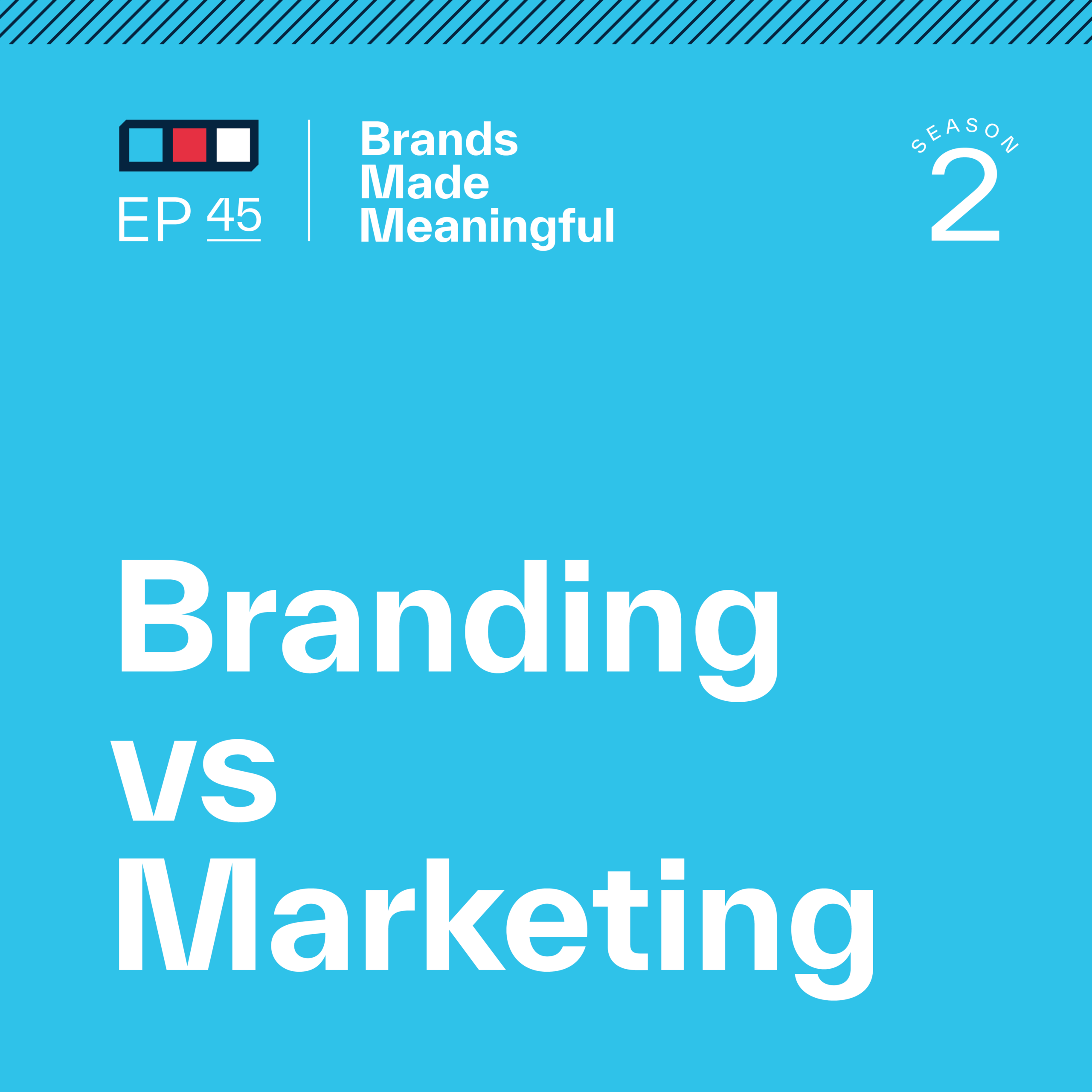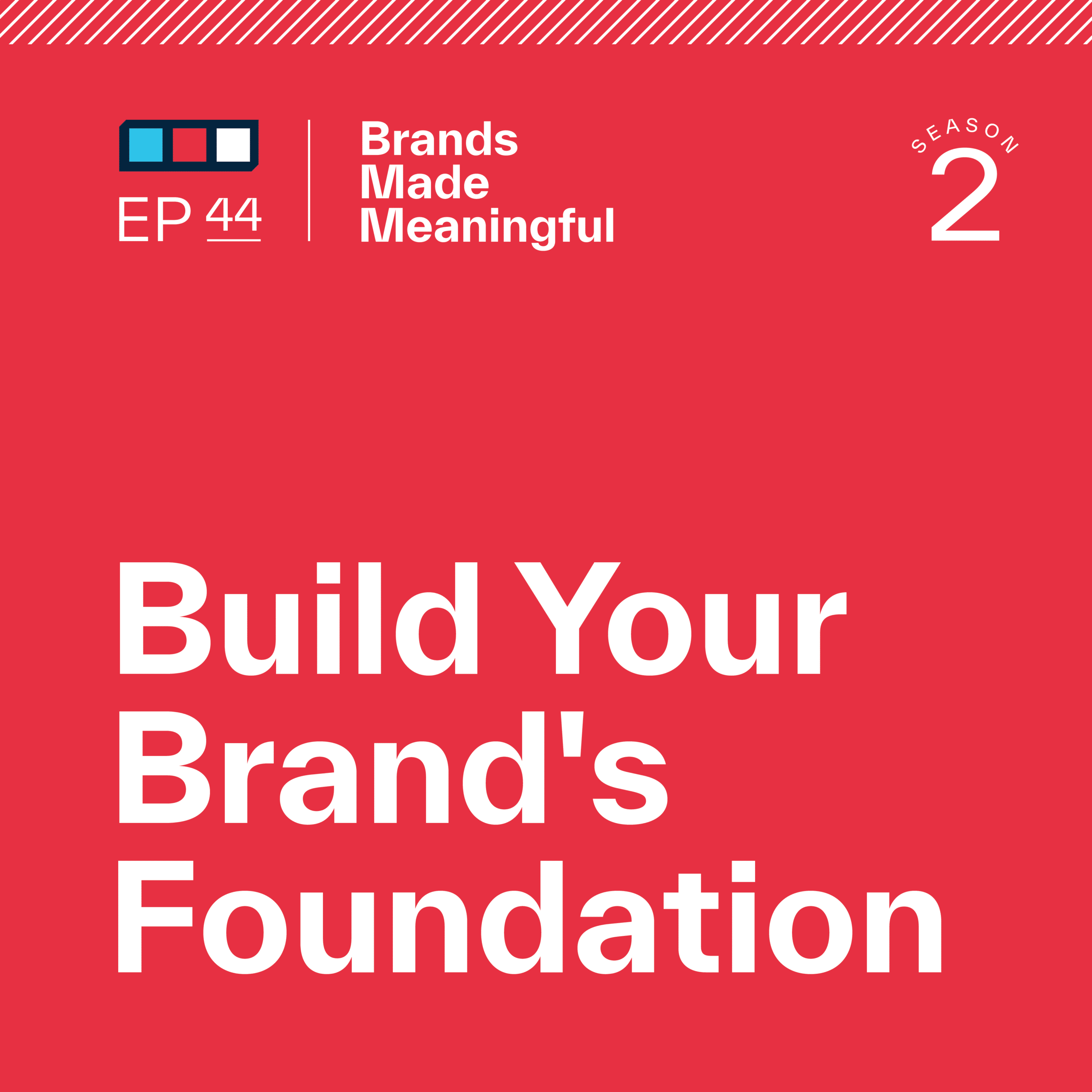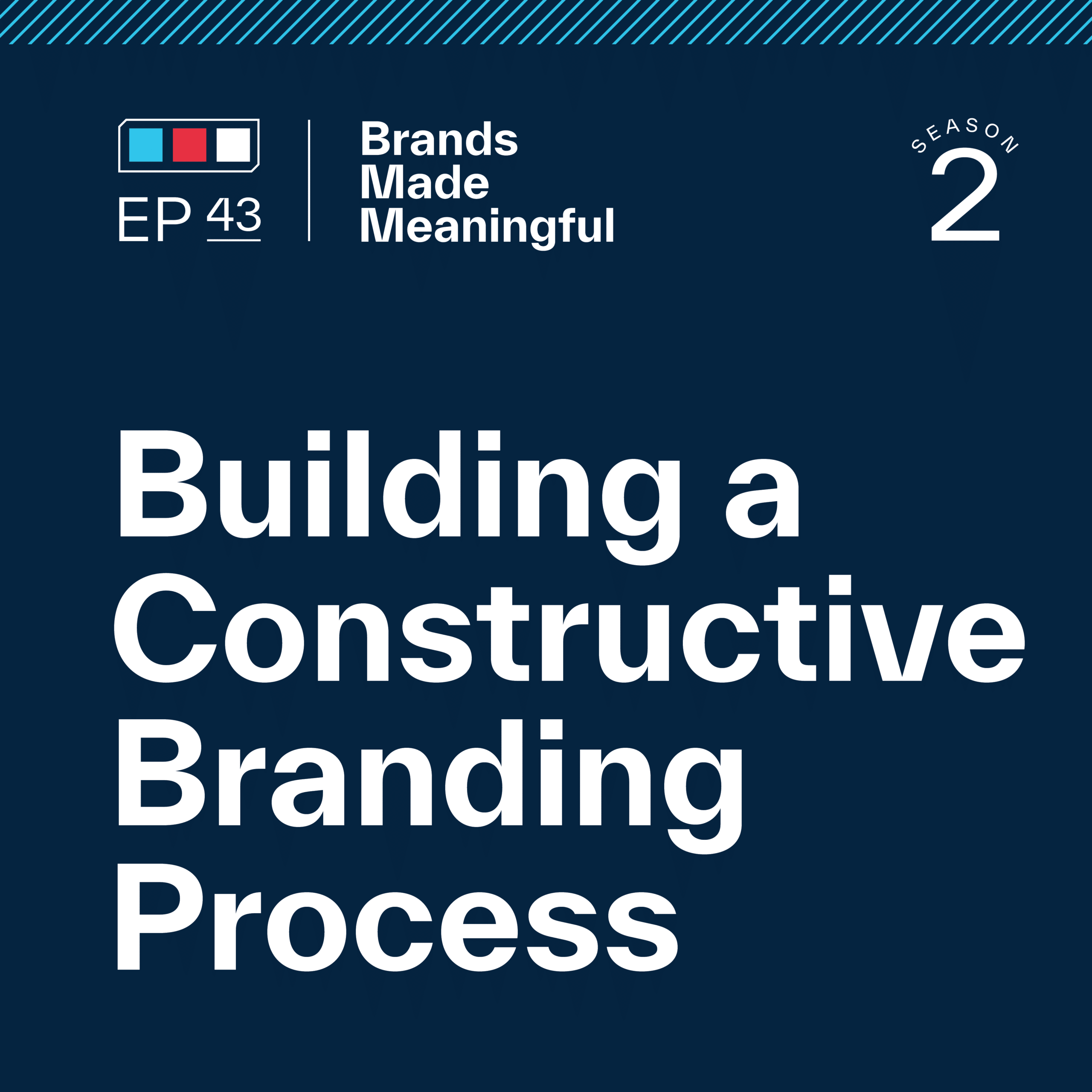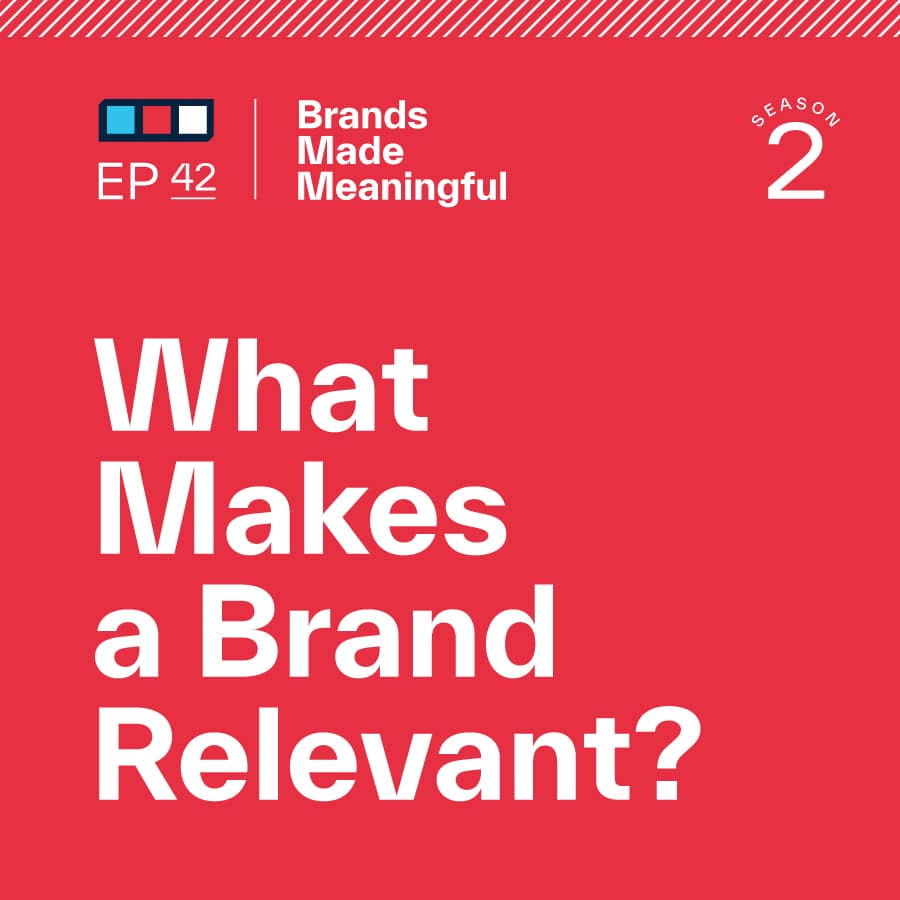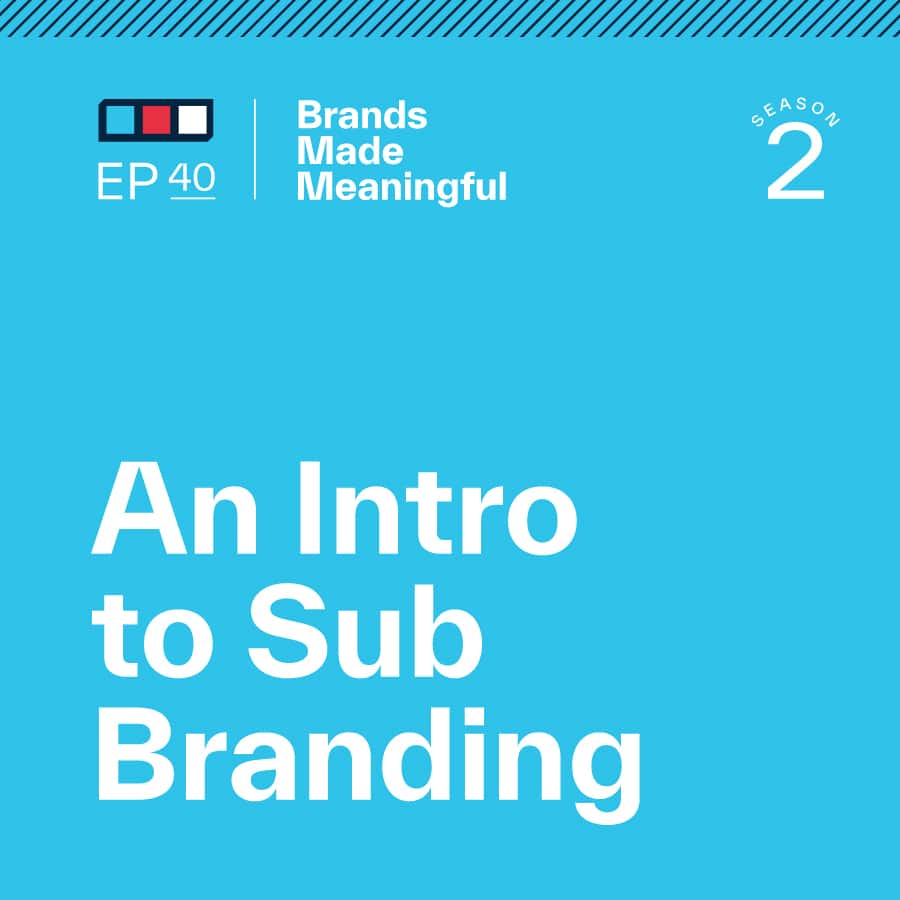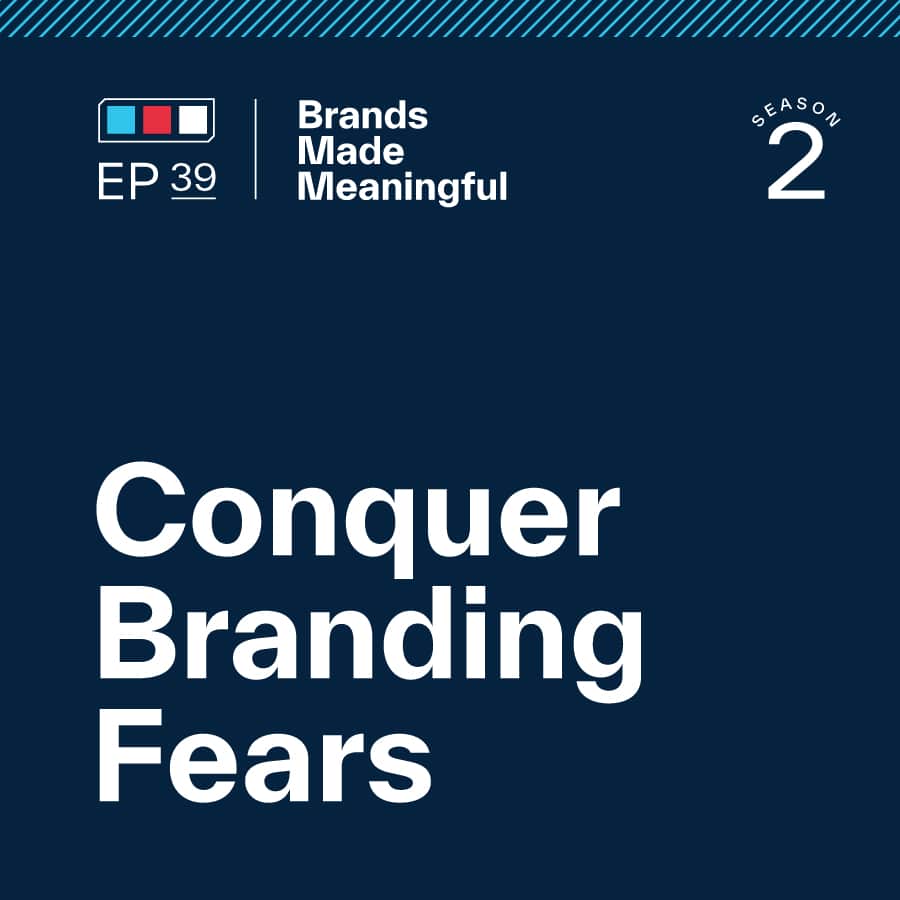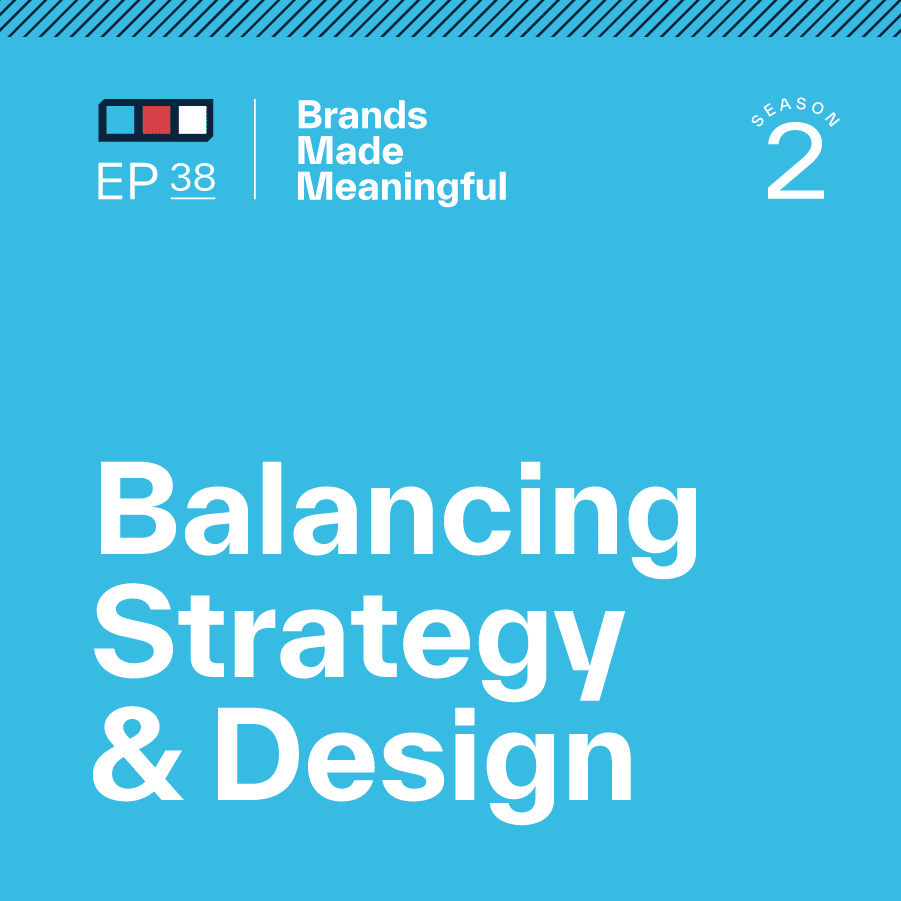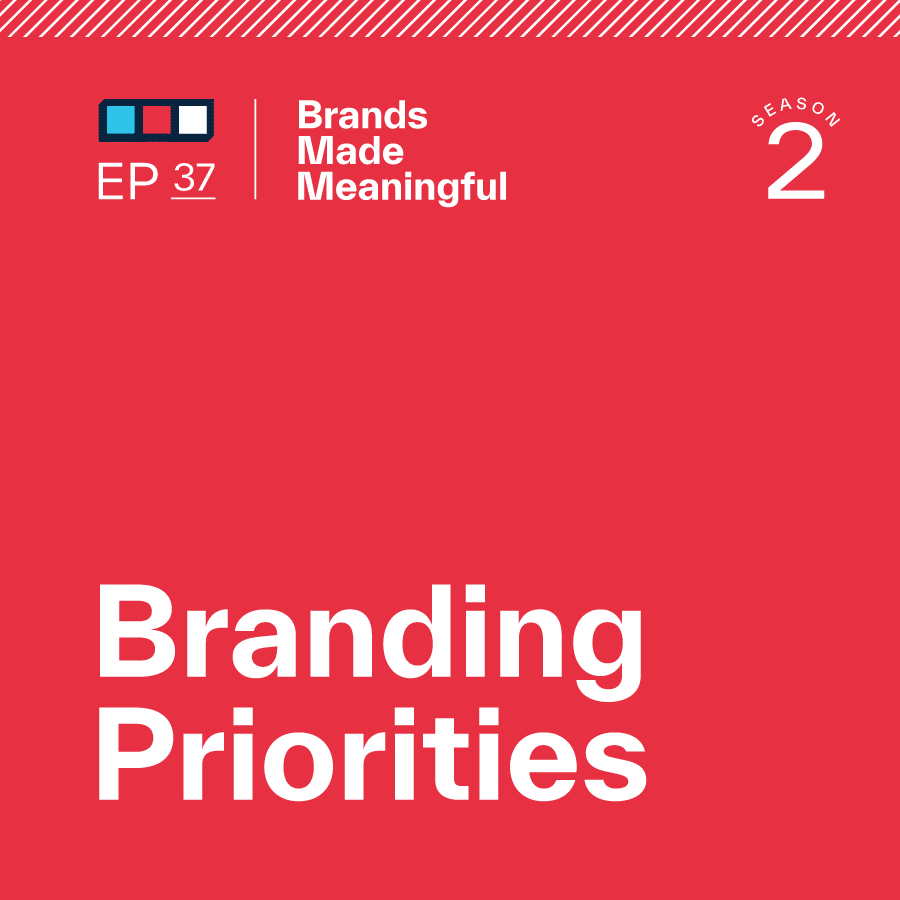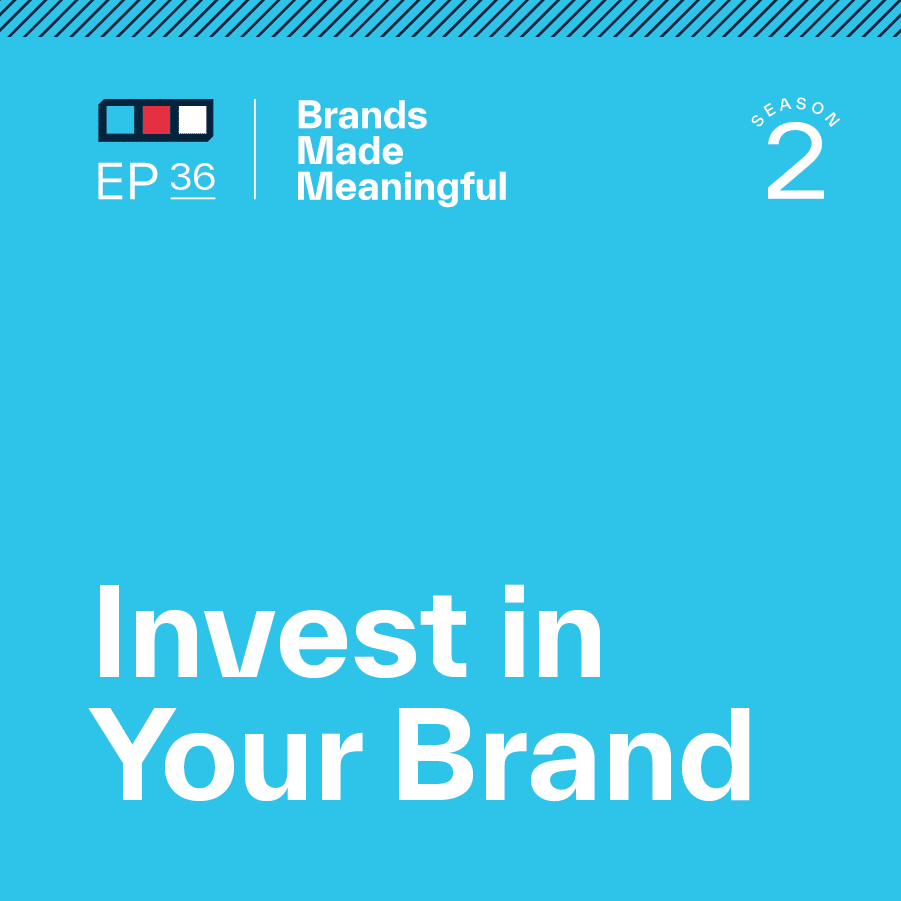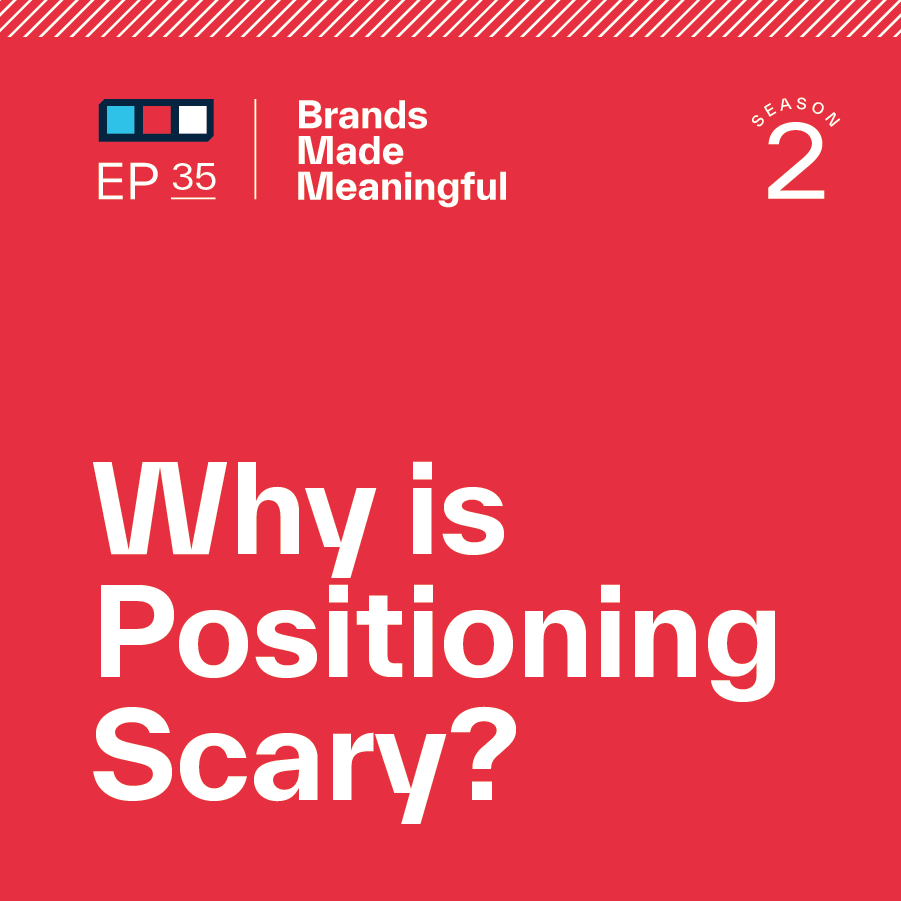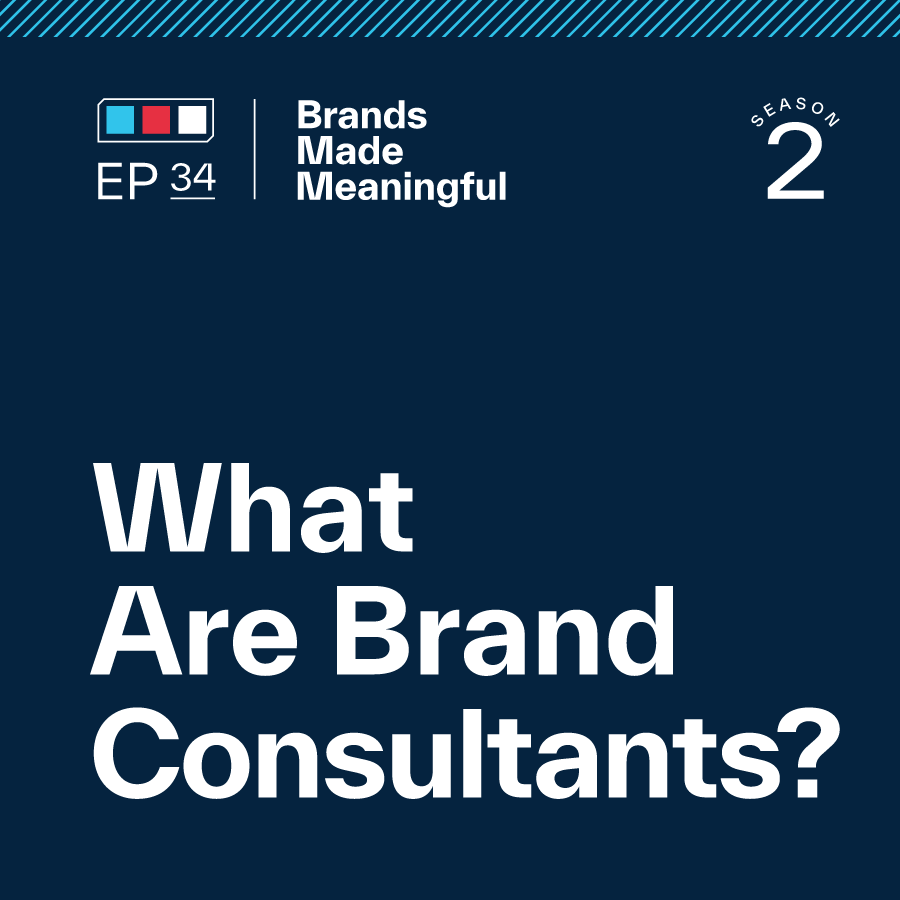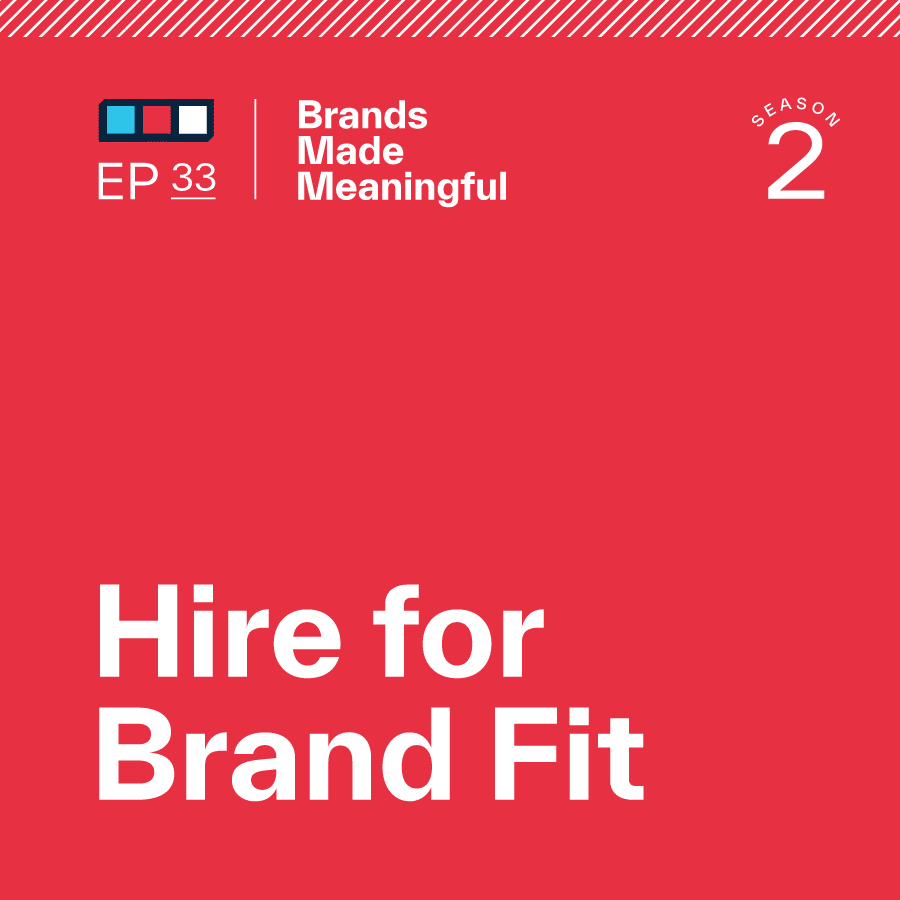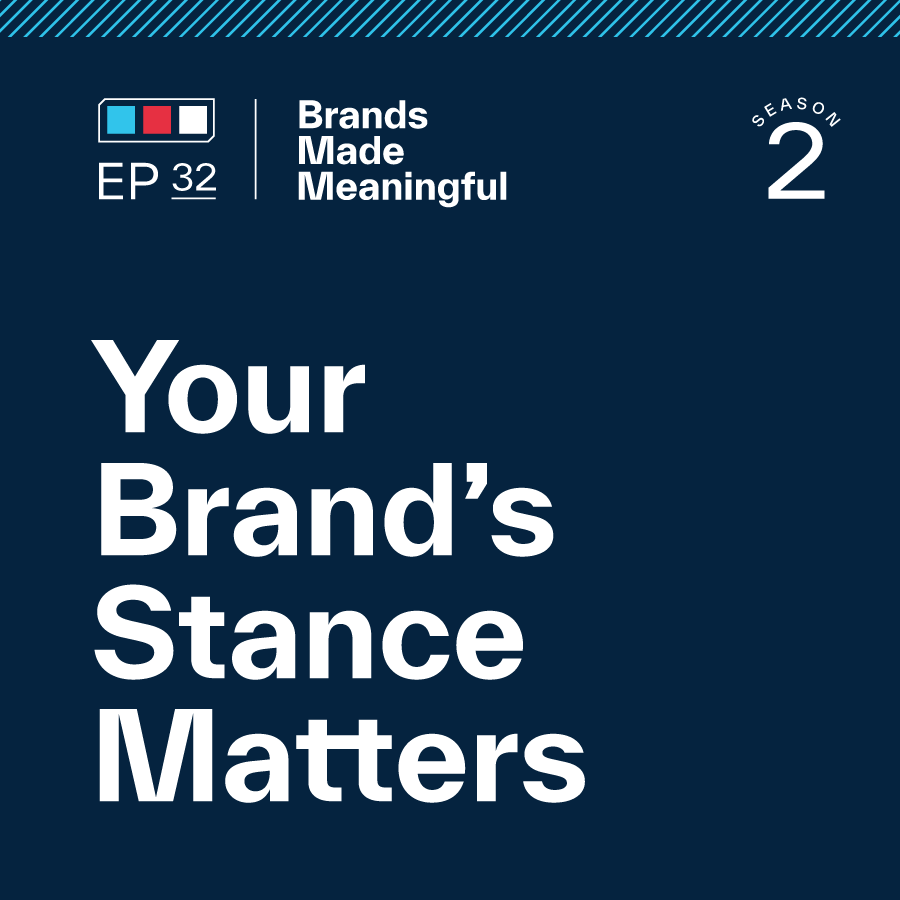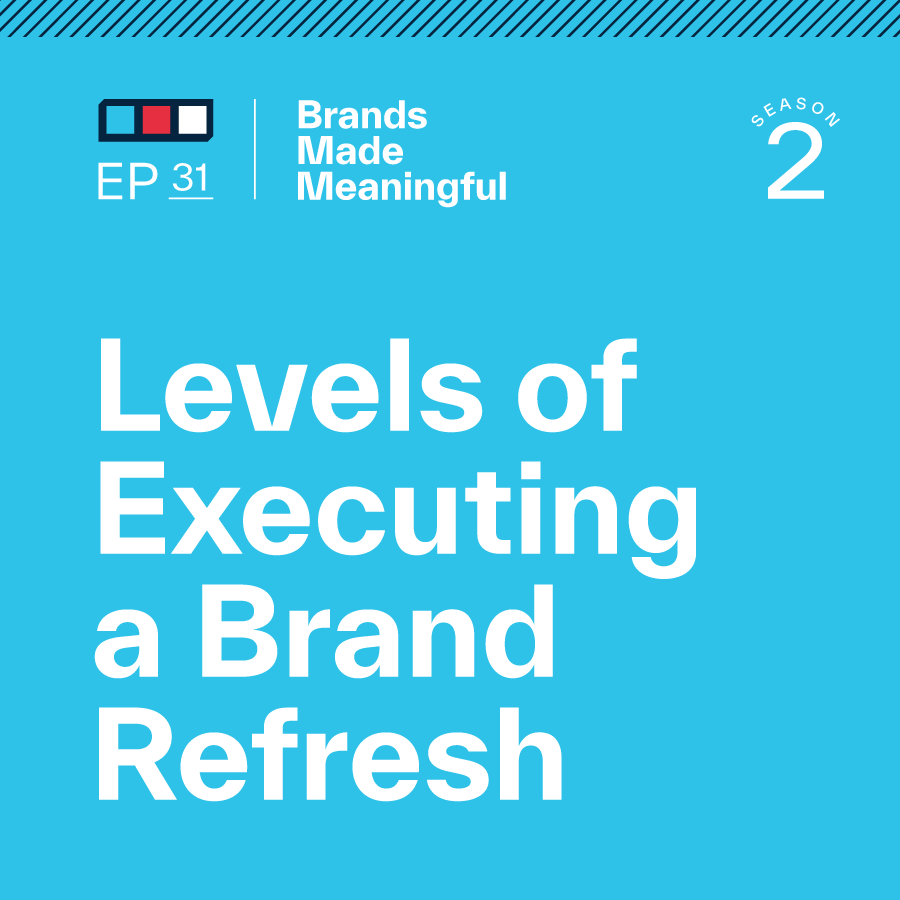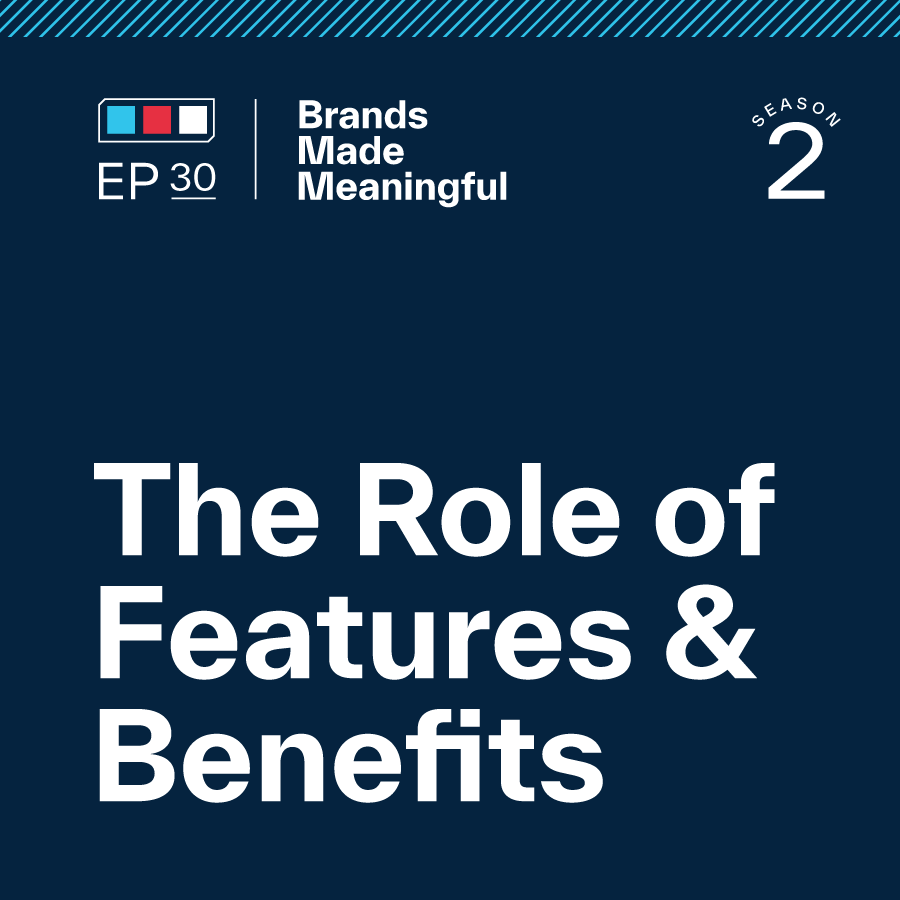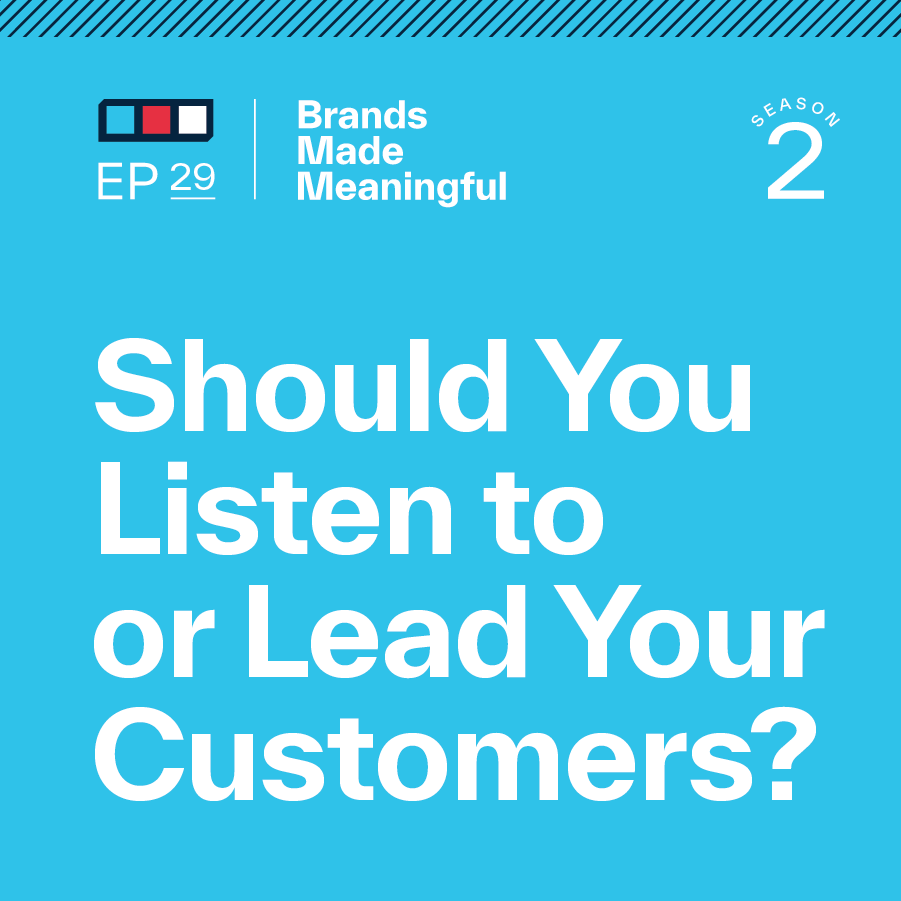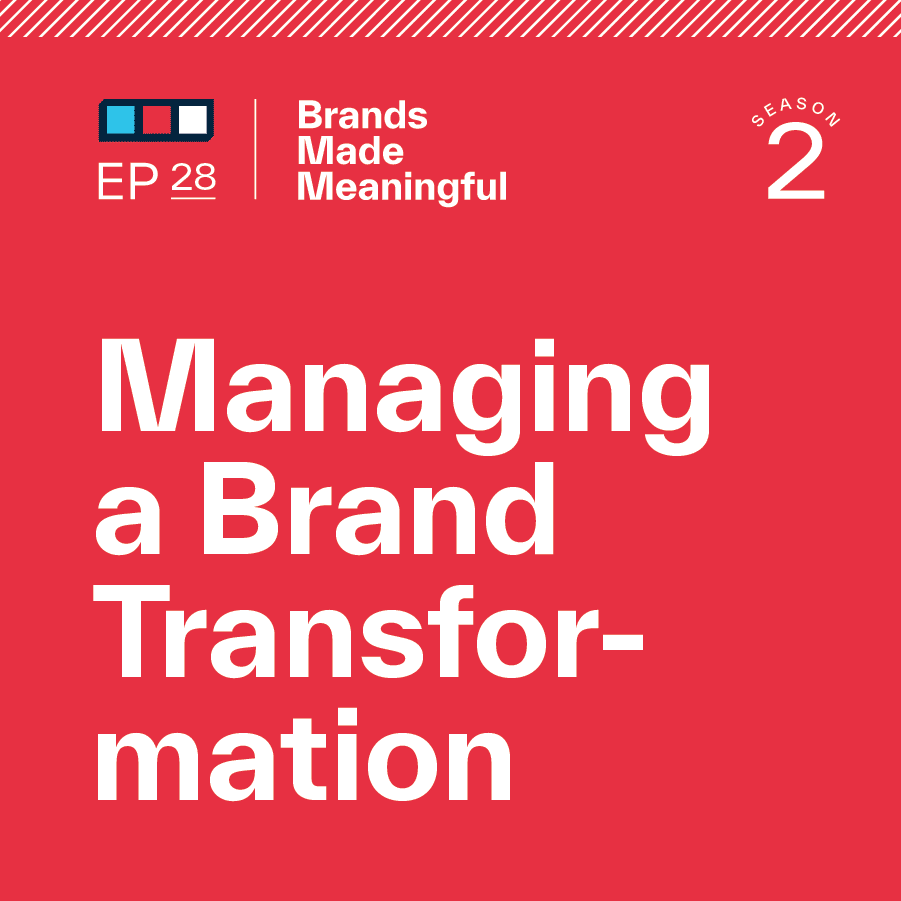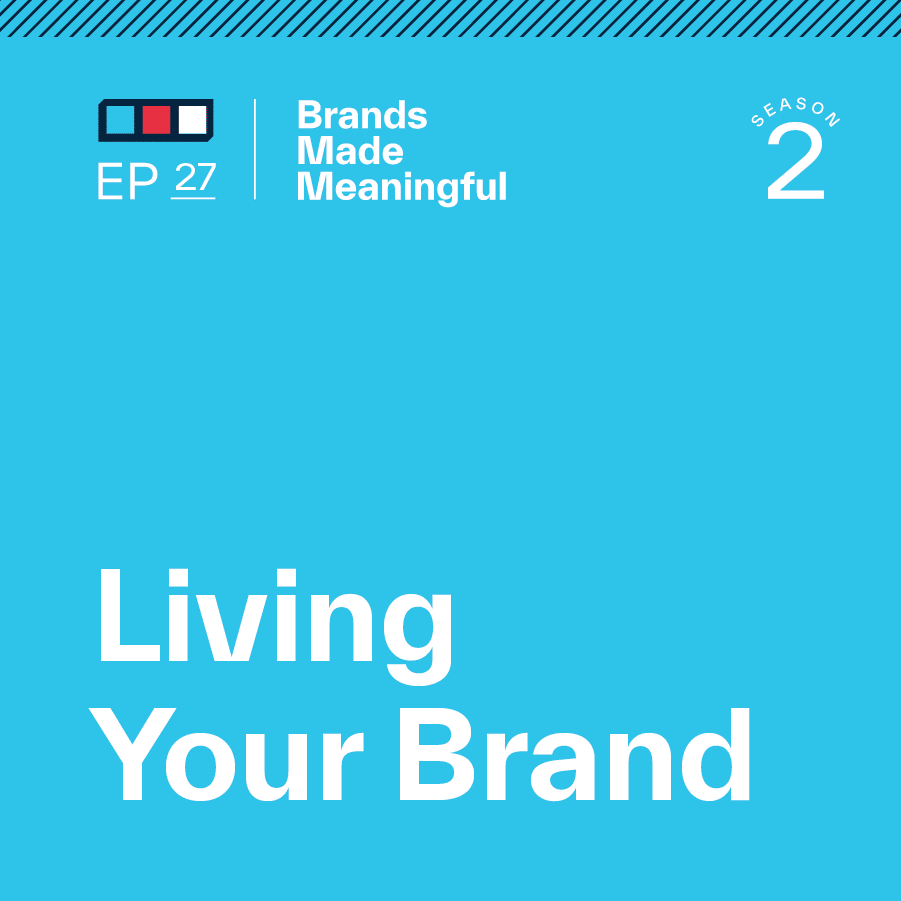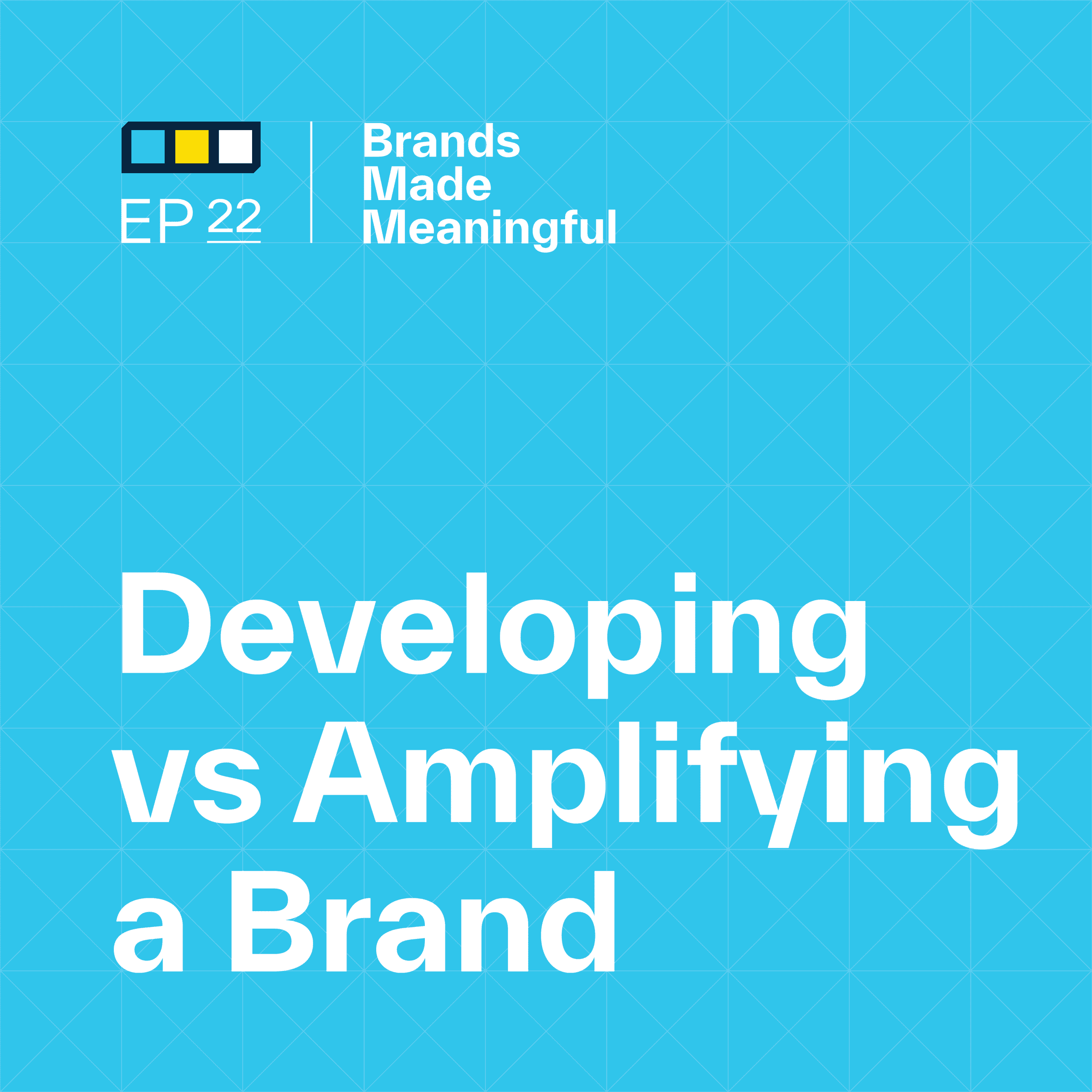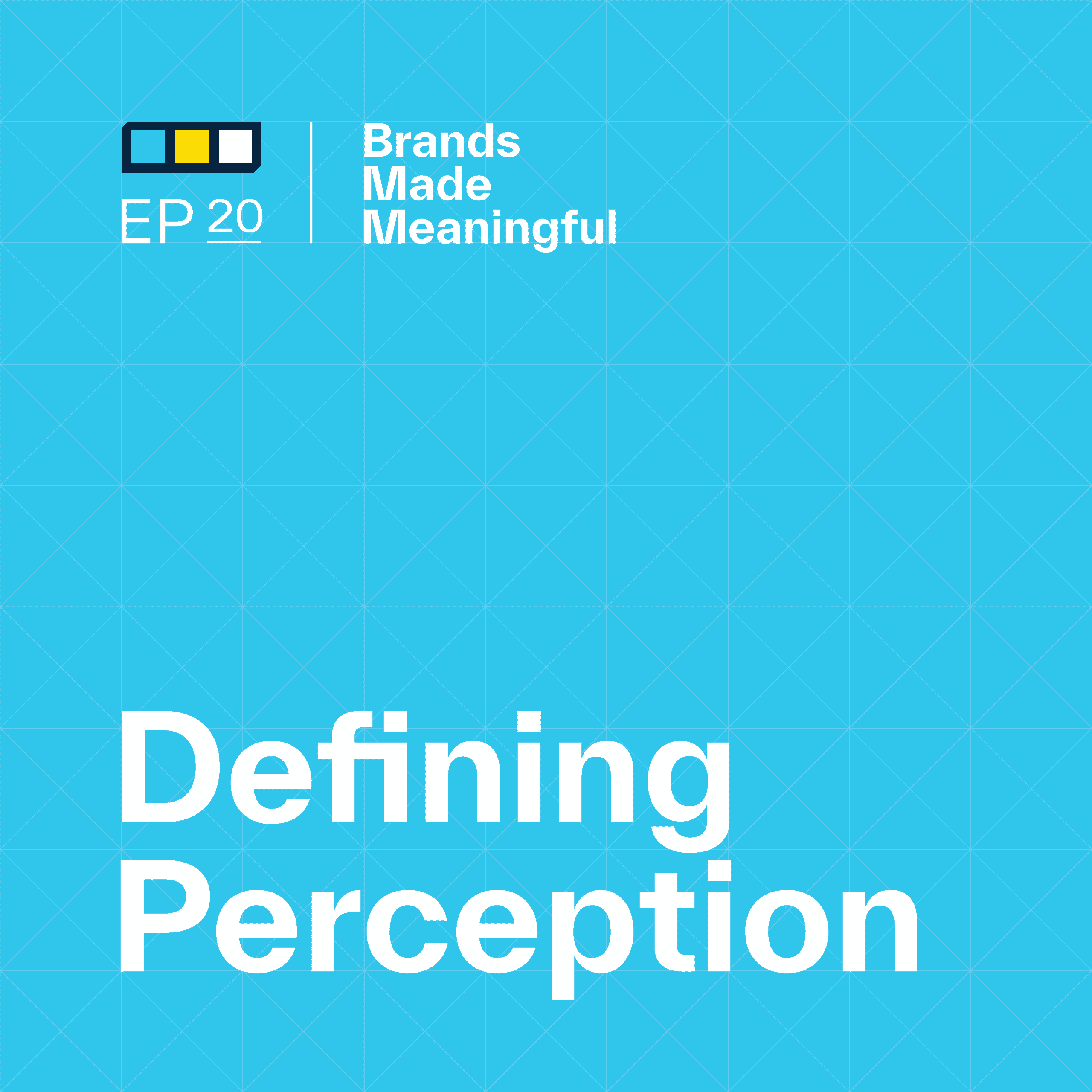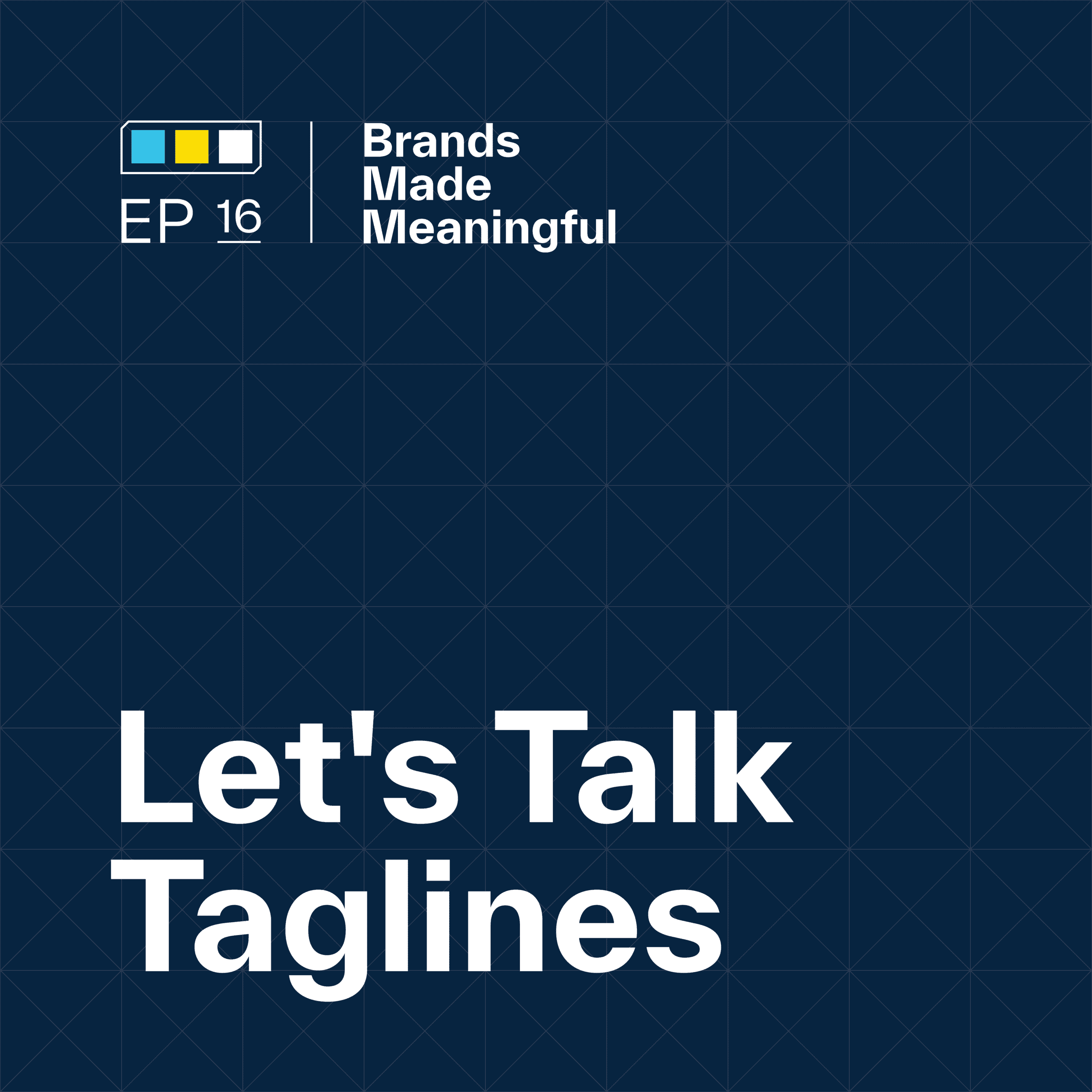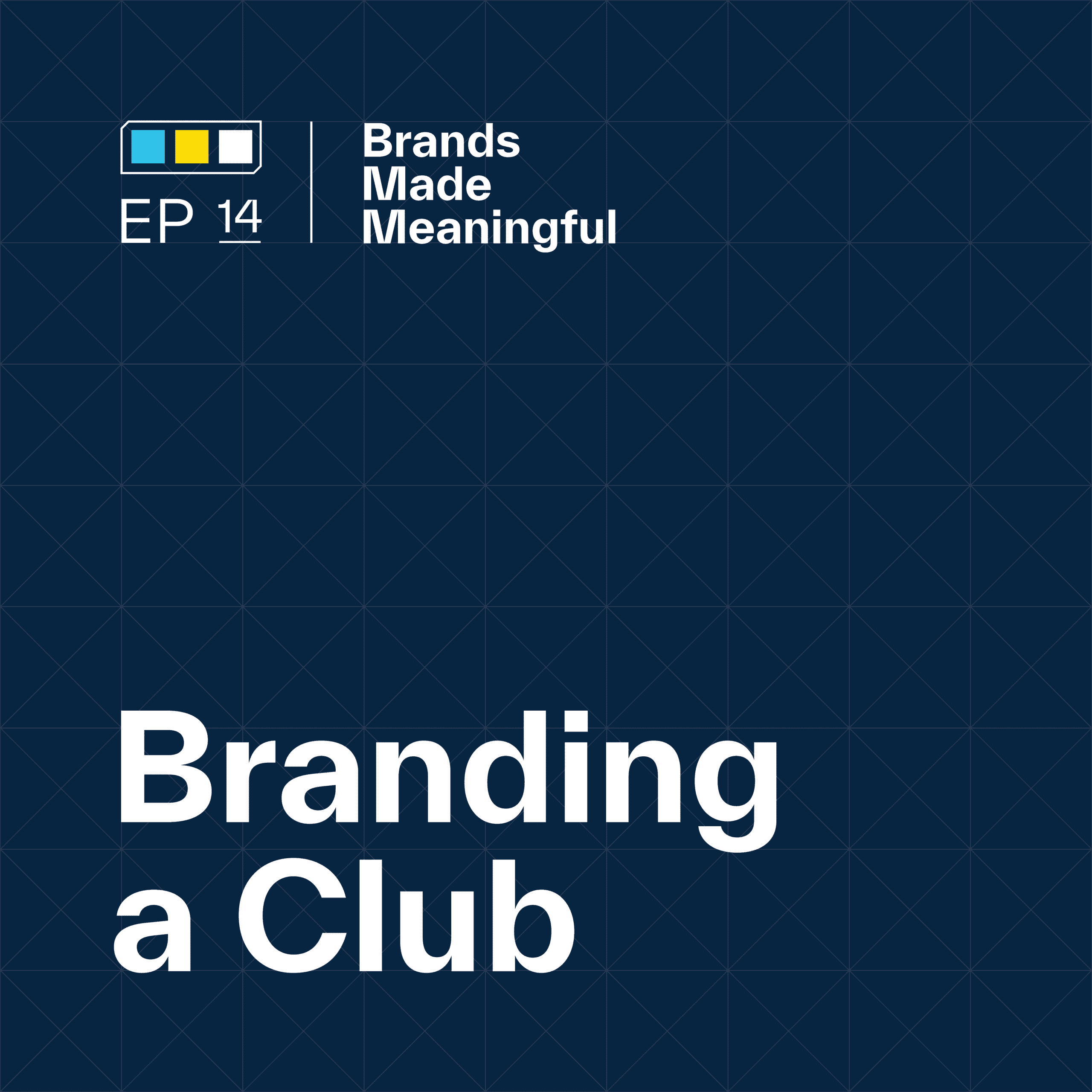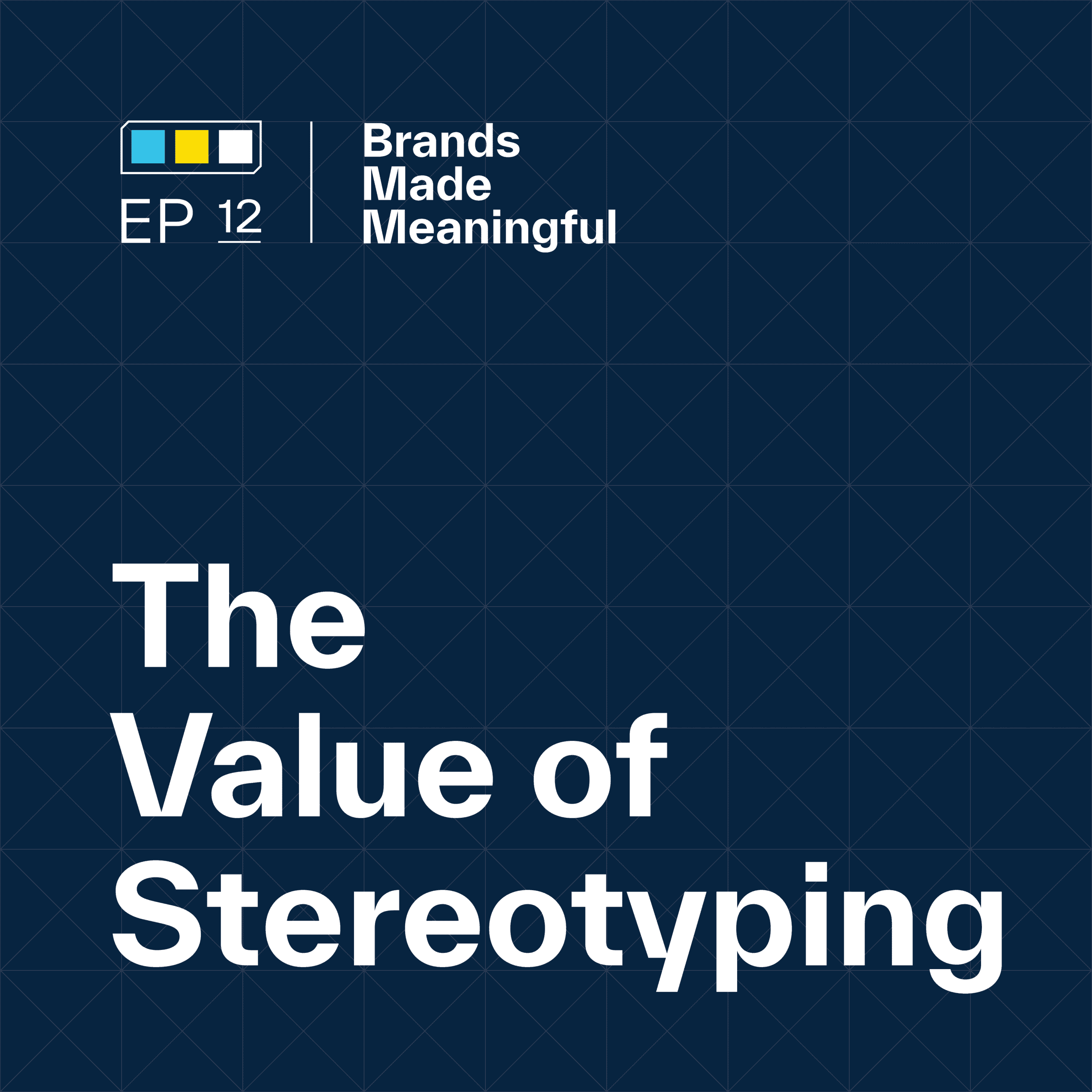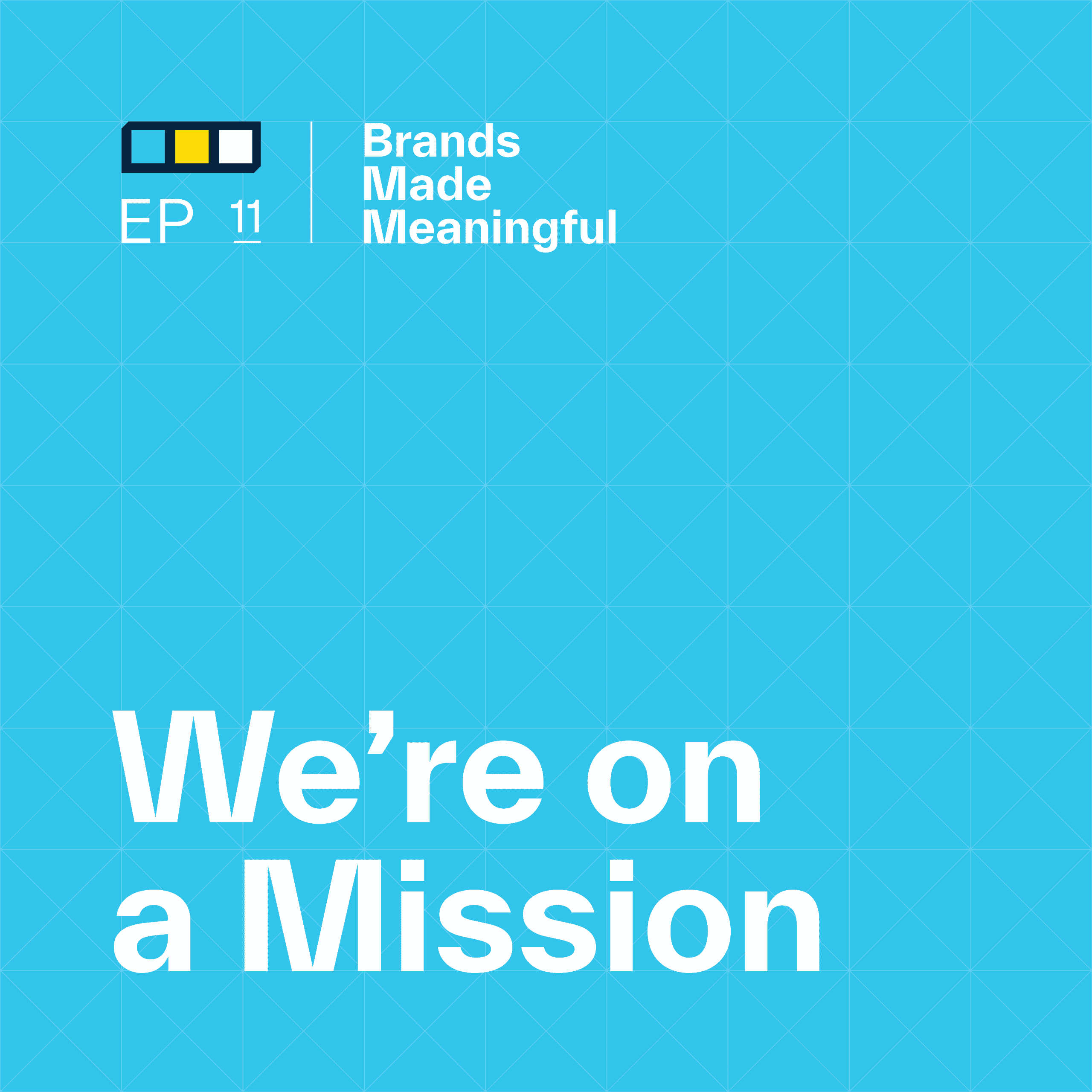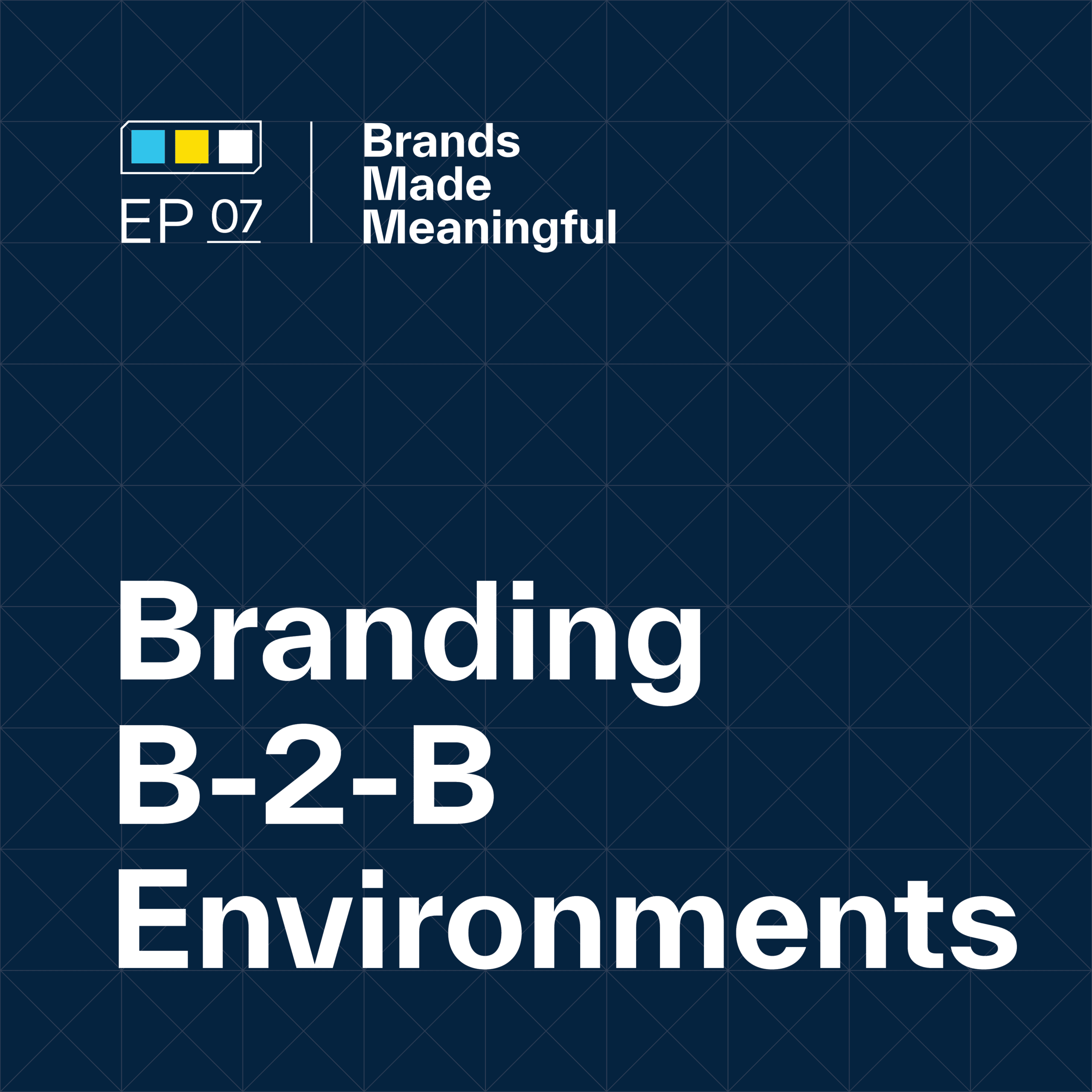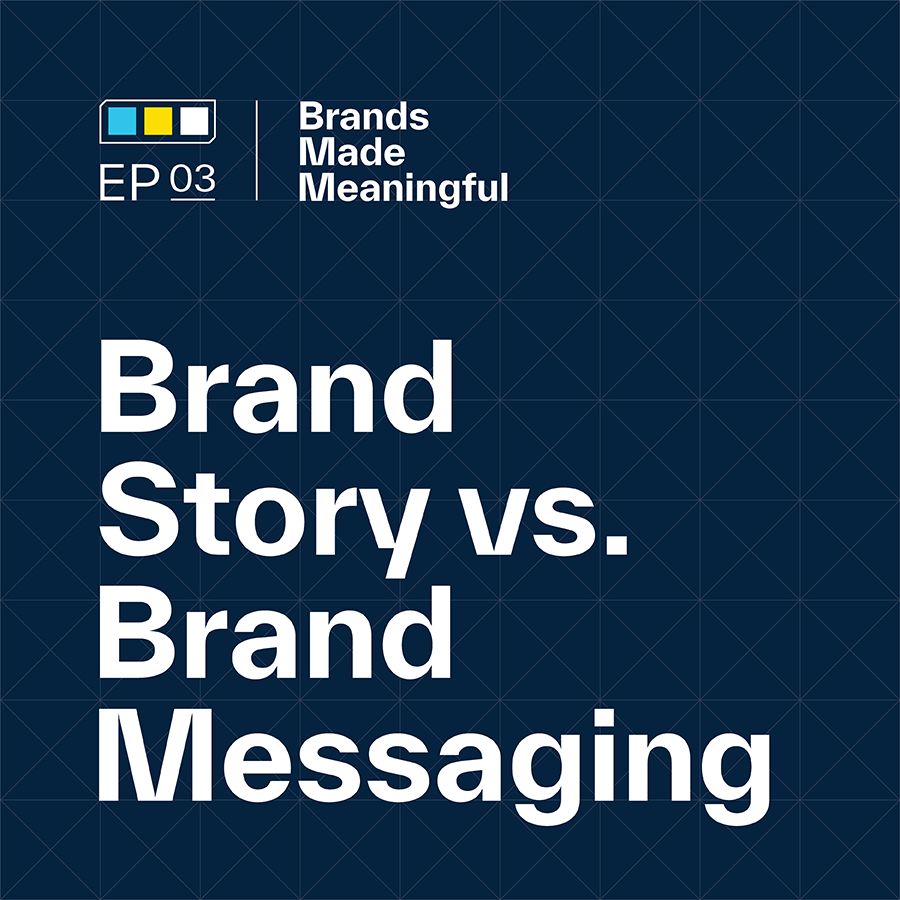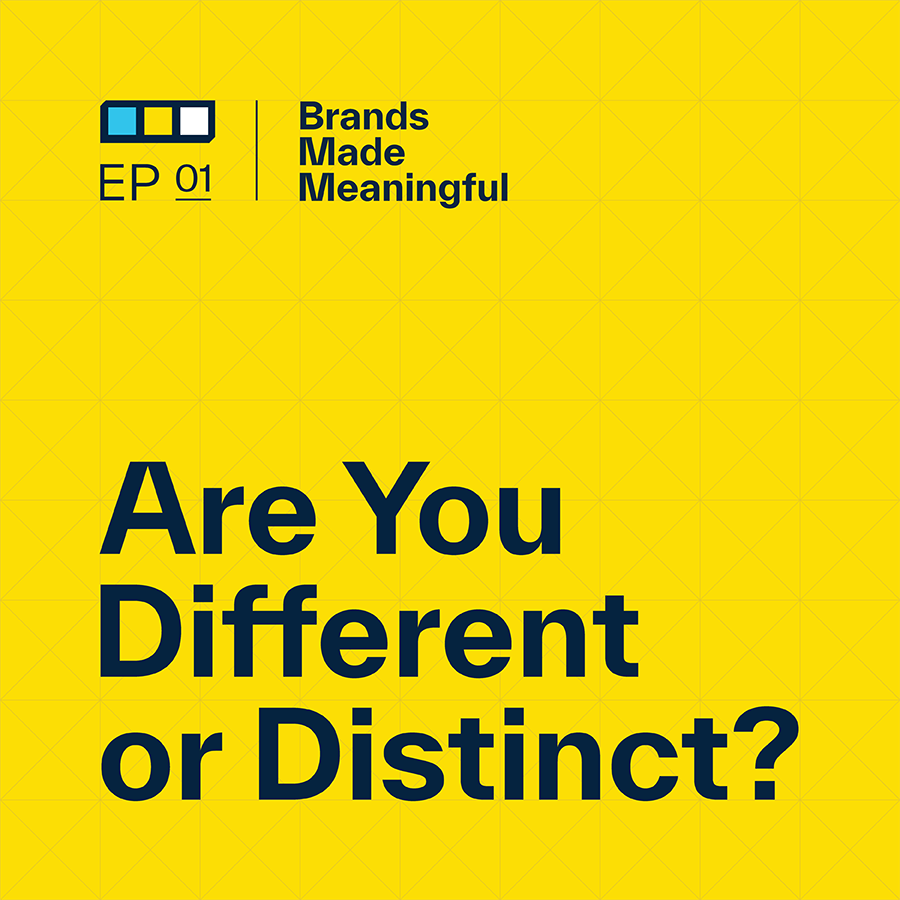EPISODE 79
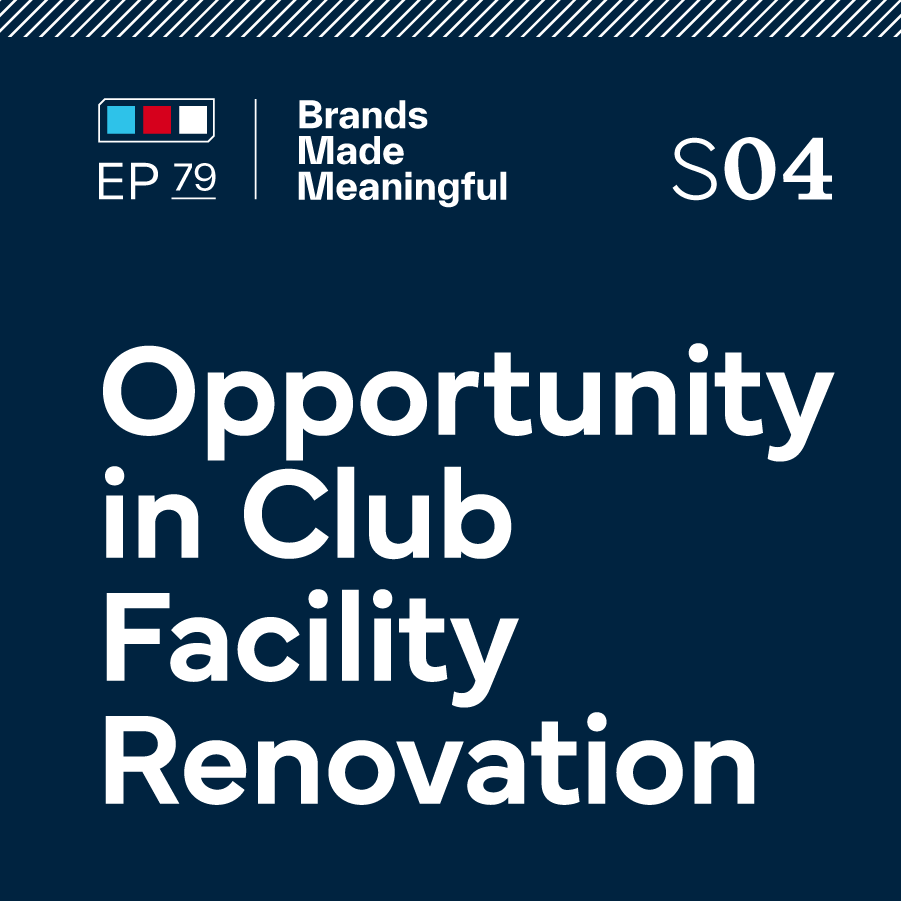
Opportunity in Club Facility Renovation
Episode 79
Derek and Tucker discuss pivotal key moments in your legacy and how to transform your story through renovation.
EPISODE TRANSCRIPTION
Today we’re going to talk about the facility modernization and expansion that clubs do.
Tucker So this could be anything from renovating a current clubhouse or maybe a golf course or maybe you’re adding a new amenity, like you’re building out new tennis courts or amenities facilities. When you’re looking at how this works, for us, it’s really about that transformation of the club that presents an opportunity to tell a new story and move the brand forward in the same way.
Expand Full Transcript
Derek So if a club is going through a facility renovation or an improvement, if they’re redesigning the golf course, these are substantial financial investments that they’re making into their club. But they’re more than just physical improvements. It’s more than just what the facilities are. It’s what they stand for. It’s what they signal. It’s the sign of growth, of health, a healthy club, and hopefully a healthy waiting list. Progress. And it’s the sign that a club is looking at and committed to creating its future so that they can either improve or continue to deliver incredible experiences for their membership.
Tucker When we look at that, alignment is a big conversation within how the brand impacts how we can take advantage of this opportunity. When you look at facilities and that platform it creates for this refresh story for that club, if we have an opportunity now to tell something new, this brand can also create an opportunity to align that physical experience that you guys are building out, whether it’s maybe a brand new clubhouse, to a more branded experience, thinking about how your facilities are really packaged by your brand. And we walk our clients through this a lot. But to say if you’re building out a brand new clubhouse, for example, we’re going to come at this and look at how that clubhouse gets shown. How does that get talked about? How does that really come across when you’re thinking about prospects and even current members? The way that they think about the club today is probably going to change as this facility comes into this space and maybe change the way that members experience the club.
Derek When we’re doing a branding, in part of the work that we do, we like to drill down with a couple of layers of questions. And I think you’ve said in the past, I like to ask why til it hurts. So in this case, it’s a why. Why are we building a new clubhouse? Why are we investing our brand? And you might say, because our old golf course was outdated. Okay, but so what? Why? Why do it? Why invest all of this money? Why assess the members? Why leverage your finances? There are the tactical reasons – outdated equipment or outdated facilities. But I think what we’re looking for and digging down and asking why a bunch of times is we’re trying to get to that emotional reason. Even if the reason is to improve our members’ experience, then I love to say, why? Why is it that member experiences are so important here to you at this specific club? Then I think we get to some awesome answers that start to help us help that club in that transformation.
Tucker And you’ve made an investment for a certain reason. And so that’s kind of what you’re getting into is if everything was great, we wouldn’t change anything ever. And so for us, there is this opportunity to say, you’re changing. There’s obviously a new story that you want to tell, whether it’s to say we’ve always been this great club and we want to continue this greatness. How do we make sure the brand tells that story? But when we look at what a brand is, it’s not just this logo that’s on a wall probably. It’s going to sit back and look at how that brand creates a bridge between the experiences that you’re creating with all of these physical updates and the emotional connection you want all of these members to feel every single day. And I think of prospects and you think of current members and you think of that change. If you go through a massive facility change, that’s going to cause a little bit of a stir when you think about your culture and you think about all of the maybe older members building into where are we going and what is this all about? We are changing and this isn’t the same club it’s always been. That change management can be easier when you think about how that brand can convey that new future for the club and give a good direction for members.
Derek That future component is a perfect segue into Lemon Bay Golf Club – one of the clubs that we’ve had the opportunity to work with. The tactical reason they were interested in talking with us was because the irrigation system in their 30-year-old golf course was wearing out and had to be replaced. So they identified that going through this substantial update was an opportunity to reassess their brand and their story and how they talk about themselves and how they look. How they express the story they tell had an opportunity to also be updated. But, specifically to your point, for the future. So, I think for them, the goal that came out of that was a story that helped them clarify and guide them for the next generation. That’s not sitting on this great 30-year history but is more concerned about what the next 30 years look like.
Tucker And they were transitioning from the first generation of members to the second generation of members. And that really kicked off with this renovation of their course when they said, okay, we’re not just this small course that is working through a new membership. We have established ourselves. We know what we are. And when we established in, what was it, 88? They came back and looked at that and said, that doesn’t represent who we are at all, just like our course doesn’t represent the type of membership we have here. The course isn’t giving our members what they want or what they deserve from what they pay. And our brand doesn’t tell the same story that we wanted to tell 30 years ago. And so when we look back at how we tell that story, we didn’t go and change the culture there. It’s that there was a misalignment between the culture and the people and the facilities. And then there was also a misalignment between the culture and the people and the brand. And so what they did was, let’s invest in the facilities. Let’s bring those up to date when we think about how we want our members to experience that. And then let’s bring our brand up to date to showcase how we tell that story of experience. And so for them, it turned into this really nice package. And if you think about the investment it takes to redo an entire course, that is not very much to say, let’s just change the story. On top of that, all in one innovation for the club is to really retool almost every single thing that it looks like for prospective members.
Derek One thing that Lemon Bay did not have as an obstacle was a long, rich history that they had become dependent on in telling their story, which was a bit of the case with Golden Valley Country Club. Lemon Bay was 30 years old. Golden Valley is 110 years old and also going through a golf course renovation. So they have that in common as the reason why they called us initially. But in asking why and digging in and having these conversations with them, one of the things that we realized is they were stuck in telling a story of 110-year-old history, instead of being able to have clarity of vision of who they are, what they want, and who they’re for within the landscape of the other clubs in their area.
Tucker This wasn’t really a new generation for Golden Valley. It was more of a, where are we going? What does the next generation past this current one look like and how do we build that out? And the interesting part is coming off of a restoration of their golf course. Back to the original A.W. Tillinghast, he thought they discovered that they need to be more ambitious around other areas in their club. When we worked with them, it was, hey, we’re working on this new restoration of our course. How do we tell our story properly? And through working with their board, it actually came out that the story isn’t just golf, even though that’s what they had really been focused on up to that point. And how do we tell this new story so that the board and the membership understand that, yeah, we might be restoring our course because that means our golf is done, finished, let’s leave it alone because now we need to do the hard work of moving forward in a new direction. And that became this really ambitious change for them, even though on the surface all they did was restore their course back to the original 110-year-old idea.
Derek That restoration and that brand initiative, same with Lemon Bay, led to an incredible rejuvenation of the culture of the community, of the membership, the before and after. Just the attitude of the membership in those two examples is, even from a member satisfaction NPS-type score, super incredible. So contrast those two with a club that we’re working with that’s in the process. I’m not even sure that the dollar amount is public information, so I won’t say. But who’s in the process of building a substantial, beautiful state-of-the-art modern clubhouse that is the center of this gated community in Florida, and what that type of project signals and stands for.
Tucker This is a little different because they completely demolished their old clubhouse and said, we’re going to start from scratch. This is a new chapter for us. Similar to Lemon Bay. They’re shifting from the first generation to the second generation, but that second generation is not that similar to the first generation, and that makes it really tricky. Whereas Lemon Bay was, we have a generational shift, but our generations are very similar and we’re just going to tell the same story we’ve always told in a new way. For Frenchman’s Creek, this was all about, let’s tell a new story. Let’s tell a brand new story about how ambitious we are and how forward thinking this club can really be because we don’t want to rest on the laurels of our past generation being very successful and being a very prominent player in their marketplace. So look at this brand new opportunity for them. It’s really exciting, and the brand isn’t doing all of the financial lifting when you think about how much impact it costs to build a brand new clubhouse is totally different than how much it costs to replace your brand. But the emotional lifting that that brand is doing to help members as they transition and see and hear and understand that change can be such a help. When you think of the general manager, they’re thinking about how the story he’s telling is about who we are, where we are going, why the events we’re doing now are different than the events we did in our old clubhouse. I just don’t understand it. And for him to look at this brand as a North Star and say, No, we’re trying to be effortless. We’re trying to be modern, we’re trying to change the way we do things around here. That can be massive when you think about change management. You think about how we communicate renovations, it’s not just, Hey, here’s the idea, let’s keep going, but here’s the idea, here’s why it matters and here’s how it’s going to affect this community over the next generation of members and why this is such a great thing for us as we keep moving forward.
Derek The clubs that we worked with or even clubs that we talked to who are undergoing or are about to undergo a substantial renovation, who are thinking about their brand, some of the ones that we talked to that are maybe going down the DIY route are running into a handful of common challenges that are rising to the top. And the first one is that they think of this as a logo design project.
Tucker That’s common when you look at what a brand has to do. And most people look at the one symbol. Clubs traditionally have only had one symbol in their brand toolbox to use. And so every component of your story is put into that one symbol. That’s a lot of weight to carry, for one thing. And so what we always try to advise people, even if you’re not going to work with us, we always try to advise people who are doing it themselves or trying to figure out how to just work through their own process is that you really need to understand that the brand needs to capture the larger story of your membership, your members aspirations, the culture, your facilities, your offering, the value you create. That’s what your brand really needs to convey – and how you’re special in your marketplace. Whether you want to actively go across the aisle and say, We’re better than those people. Or if you just want to say, Well, here’s what makes us special as you consider your options in this current marketplace. But you need to look beyond the logo, is what we constantly tell people. Your brand is a system. Your brand is a system of words, of visuals, of thoughts, of ideas. That includes things like colors and graphics, but also messaging and headlines and tone and voice. And there’s all of these things within what we call that brand ecosystem that really builds up. We’ve actually done a really great conversation in the past on this podcast about what is an ecosystem and why does it matter for a brand, for a club? And that can be such an impact when you start understanding how much weight that one logo doesn’t have to carry because it doesn’t need to tell every little piece and part of your story. It just needs to capture the essence of it in a certain way.
Derek The next challenge that we see, and this is really prevalent right now because of the age shift that’s happening within the club across the country, is clubs striking a balance as they go through these restorations, renovations, or building these additional things. They need to find a balance between what the older or long-standing members want versus what the younger or newer members want. There’s both new member/older member and there’s also an age gap difference and finding the way to balance, addressing the needs of a younger, up and coming generation that is the future of your club while still finding a way to make sure that you’re being inclusive and engaging and serving the needs of the experiences of your older generation of membership is a real challenge.
Tucker We did a conversation a couple of episodes ago around the difference between product branding and membership branding, and this really dives into that. For product branding, you’d be able to say, We’re leaving this customer base behind and we’re moving on to the next one and we’re going to attract this new, fresh, young generation of customers, and we’re just going to build our brand and our products and everything around them. And that’s how it’s going to work. You don’t have that luxury when you think about member brands. You don’t get the opportunity to just leave them aside because most memberships can’t lose half of their members overnight. That is just not going to happen. So what we have to do is make sure we balance the tradition and the progress and make sure that we’re achieving this new sense of who we are without losing who we were. And that becomes really difficult if you’re totally shifting. So when we go back to that Frenchman’s Creek example, they’re not the exact same club that they have been, but they’re rooted in some of the similarities. So your job, while trying to communicate change, is rooting it in something that’s really stable and something that’s always been around within your club.
Derek When a brand is built strategically, meaningfully, thoughtfully, it starts with having clarity of vision. You just said, knowing who we are and being able to communicate that. It’s interesting to me how often we’ll talk with clubs who might have a mission statement but don’t have a clarity of vision. They don’t necessarily have clarity of who we are, who we’re for, what is that authentic thing that we are trying to do and trying to be. And without that clarity, it becomes really hard to be aligned across how you hire, what the values are that you express, core values, what the member experiences are. Without that sort of North Star to guide that decision making, achieving consistency of alignment across the club is really challenging.
Tucker And that’s alignment. A great word to talk about how we look at the way that people perceive what you offer and who you are. And that perception, if that’s misaligned, can be really tricky, right? We can say we’re the most innovative, fresh, exciting club in the world, but if our experience at the club doesn’t match that, then it feels hollow and vice versa. If we have the most exciting, innovative, changing products that we can offer members from a clubhouse standpoint, but our brand is old and traditional and feels a little stale, that misalignment creates confusion. Maybe someone who comes in that was expecting that kind of traditional way is thrown off because it’s nothing like that at the club. And so we talk about alignment a lot with our clients, but to figure out what experiences you offer, what culture you have and how you should be perceived, those should all be in the same alignment. And if they’re not, that’s where you run into problems. That’s when you run into members not understanding what’s expected of them, or you have cultural challenges, or you move through a program in which you’re saying, we really want to invest in the club, but more than half of your members don’t see that because they don’t understand where you’re going and they don’t understand where that is and who you need to be. That challenge of misalignment causes so many problems, or maybe it causes so many symptoms because the core problem is misalignment. We get that problem symptom thing all the time. But when we look at all three of these and we say you have to think about your brand as a system, we have to honor tradition while embracing innovation, and we have to have alignment between what we offer, how we want to be seen internally and how we want to be seen externally. If we do all three of those things and our brand is working correctly, we’re going to have great member experience across digital platforms, physical platforms, events, all these other things. We’re going to foster loyalty among existing members. People who are here are excited about the future. They’re excited about the next chapter. And then we’re also going to attract new members who align with who we want to be. I think there’s a lot of clubs that say, What’s the opportunity within the type of club members that want to be a part of a club versus who do we want? Think about what is best for our club, what type of person fits in here the best, and then build a brand for that rather than saying, Well, what’s the opportunity in the market? Generally, let’s just build a brand for the youngest person at the table and then we’ll be fine there. And that will cause a lot of problems too. And so if we build the brand meaningfully, or you will say strategically, it will help us internally, externally, and will help our future selves.
Derek What you just said wraps up nicely why you should care about your brand. This is why we do what we do. That is the answer to the internal side of the external offering. If the external offering of a brand is what somebody thinks of as logo, what you get and what you receive and what you experience is that member loyalty, employee loyalty, the attraction of new members which means growth and health for your club, and happy members that are out there – that right-fit happy members that are out there – advocating for you and bringing in more of the right type of people. There are tactical benefits, too, but it’s those really key emotional benefits that we sell. We’re not selling logos. We’re selling those intangible benefits.
Tucker And as you look at that across facilities specifically, as we tie this back to the beginning of our conversation on you’re going through a facility expansion or a modernization or renovation, that is such a great opportunity for a club to, one, align their brand with member expectations. Where are we going? What do you want? How do we make something for you? That is absolutely key. And then, two, strengthen your position in the marketplace to say, here’s who we are, here’s what we’re all about, and here’s how we’re moving our club forward. And that communication is key. Your brand is the vehicle for communication visually, verbally, that is what it is. And so if you’re doing all of these facility upgrades and you’re not considering your brand at all, that can become a really big challenge for you to overcome. And it makes it more difficult to get things across and connect and move forward. And when we look at facility modernization as being a major investment, your brand really helps you seize that opportunity and makes sure that that investment is worthwhile. And when we come back at all of that, that’s what we work through with our clients on every project.
Derek Well said. I’m looking forward to part two in this series. Think I’m learning a little bit as we go through this too. This is fantastic. And shout out to the golf hoody today.
Tucker Yeah. I had to wear it because you were talking about it last time. I thought it made some people upset like our last conversation with Ricky Potts.
Derek Sidebar conversation, which I think is a fun intro with our guest, golf hoody? Yes or no? Pro or con, because we’re getting quite a diverse range of answers.
Tucker I’m surprised how many people don’t like it, but when you’re up north, you have to have some kind of option. Quarters just aren’t warm enough sometimes.
Derek Thanks for listening. Thanks for tuning in. Appreciate you. Until next time. Sussner is a branding firm specializing in helping companies make a meaningful mark, guiding marketing leaders who are working to make their brand communicate better, stand out and engage audiences to grow their business. For more on Sussner, visit Sussner.com.
More Episodes Like This
Reclaiming Reputation Through Brand RevitalizationEpisode 85
Derek and Tucker discuss the potential that a branding initiative can have to restore a club’s reputation.
Branding The Club with Don KovacovichEpisode 84
Don Kovacovich, GM of The Club at Golden Valley, joins Derek & Tucker to discuss the impact that rebranding has had on his club and the opportunity it presents for other clubs
Changing a Club’s Membership ModelEpisode 83
Derek and Tucker discuss key considerations and challenges when changing your club’s membership model.
Connecting a Club with its Story with Jackie CarpenterEpisode 82
Derek and Tucker are joined today by Jackie Carpenter, author of People First.
Branding a Club AnniversaryEpisode 81
Derek and Tucker discuss the unique opportunity presented by milestone and anniversary dates for private clubs.
Private Club Storytelling with Ricky L. Potts, Jr., CCMEpisode 80
Derek and Tucker have the pleasure to speak with Ricky L. Potts Jr. about how powerful storytelling can be for your club members.
Opportunity in Club Facility RenovationEpisode 79
Derek and Tucker discuss pivotal key moments in your legacy and how to transform your story through renovation.
The Evolution of Club Members with Jon LastEpisode 78
Derek and Tucker are joined by Jon Last from Sports & Leisure Research Group to discuss the evolution of club members.
Member Branding vs. Product BrandingEpisode 77
Derek and Tucker discuss the challenges their client's have moved through when approaching differing styles of branding.
The Role of a Private Club's LogoEpisode 76
Derek and Tucker take a look back on private club logos they've designed over the years and explain the strategic reasons behind their choices.
Club Brand GovernanceEpisode 75
Derek and Tucker divulge the steps to evolving your brand while retaining your core values.
Seasonal Member MerchandiseEpisode 74
Derek and Tucker take a look at crafting specific merch to celebrate landmarks and special times of the year.
Who is Sussner?Episode 73
Derek and Tucker take a break from talking shop to talk about who they are and what they stand for.
Club Identities Beyond AmenitiesEpisode 72
Derek and Tucker discuss what it takes to stand out in unique ways for your club.
Little Things Mean EverythingEpisode 71
Derek and Tucker take a look at the often missed and easy to overlook.
Build Flexible Brand SystemsEpisode 70
Derek and Tucker break down the building blocks for long lasting branding.
The Club at Golden ValleyEpisode 69
Derek and Tucker take a close look at one of their recent rebrands.
When to Launch a Club RebrandEpisode 68
Derek and Tucker break down how to find the perfect timing when launching a club rebrand.
Steps to Launching a Club RebrandEpisode 67
Derek and Tucker break down the steps to take and the reasons why you should consider a club rebranding.
Brand Marketing vs. Brand DesignEpisode 66
Derek and Tucker define the line between marketing and design and how they intersect to inform one another.
Building Brand GuidelinesEpisode 65
Derek and Tucker show us how to build infrastructure guidelines to unify your brand experience across the board.
Club Identity SystemsEpisode 64
Derek and Tucker cover what Identity Systems entail and how to discern between internal and external methodologies.
Navigating Branding With a BoardEpisode 63
Derek and Tucker bring clarity to uniting your company under one cohesive vision.
Putting a Committee TogetherEpisode 62
Derek and Tucker assemble your need-to-know facts when putting together your committee.
The Guiding Principles of Private ClubsEpisode 61
Derek and Tucker go over the top ways private clubs can find the balance between pleasing old members while attracting new ones, all while making moves towards the future.
How Color Affects PerceptionEpisode 60
Derek and Tucker cover how to best convey your business with color.
Brand EcosystemsEpisode 59
Derek and Tucker break down how to craft effortless experiences when considering your brand as a whole.
6 Types of Brand TransformationEpisode 58
Derek and Tucker dive into 6 distinct types of transformations for a wide range of brands.
Tournament Branding For ClubsEpisode 57
Derek and Tucker discuss designing and delighting your club members with tailored events.
Brand Promoters & DetractorsEpisode 56
Derek and Tucker discuss how high level promoters increase your NPS and how to turn the tides on your detractors.
The Loudest Voices in the RoomEpisode 55
Derek and Tucker talk about gathering feedback while prioritizing every voice.
Determining A Primary AudienceEpisode 54
Derek and Tucker discuss if and when you should be honing in on your audience vs. casting as wide a net as possible.
Branding For ExclusivityEpisode 53
Derek and Tucker discuss the intricate process of naming your brand.
Measuring Brand SuccessEpisode 52
Derek and Tucker discuss how we measure our success in branding and a few key KPIs that help us understand our impact.
Branding For ExclusivityEpisode 51
Derek and Tucker breakdown how brands can create the perception that they are exclusive and only for a certain type of consumer.
What Makes A Brand SurprisingEpisode 50
Derek and Tucker break down the Sussner formula that we believe leads to a surprising brand.
Breathe Life Into Brand TraditionEpisode 49
Derek and Tucker discuss the intricacies and common pitfalls of branding for Private Golf Clubs.
They Key of Visual DifferentiationEpisode 48
Derek and Tucker break down the importance of differentiating your brand on a visual level.
Branding For Private GolfEpisode 47
Derek and Tucker discuss the intricacies and common pitfalls of branding for Private Golf Clubs.
Dealing With An Identity CrisisEpisode 46
Derek and Tucker breakdown how to identify and remedy a brand's identity crisis throughout thoughtful and intentional brand management.
Branding vs MarketingEpisode 45
Derek and Tucker discuss the differences between Branding and Marketing and how to make the two compliment each other.
Build Your Brand's FoundationEpisode 44
A brand's foundation is a critical element in being successful in the long-term.
Building a Constructive Branding ProcessEpisode 43
Derek and Tucker break down the steps required to build the most constructive and meaningful branding process.
What Makes a Brand Relevant?Episode 42
Relevance is a key piece of a brand's identity for creating clarity and connection.
Your Right to WinEpisode 41
Derek and Tucker discuss the “Right to Win” and the odds of your brand's success within your target market.
An Intro to Sub BrandingEpisode 40
Derek and Tucker discuss the nuances of developing sub-branding and strategies.
Conquer Branding FearsEpisode 39
Derek and Tucker dive into how to overcome the fear of change and the nature of constant refinement of your brand.
Balancing Strategy & DesignEpisode 38
Great strategy is a necessary foundation for great design—and great design brings great strategy to life.
Branding PrioritiesEpisode 37
Branding priorities are the actions and initiatives that shape or enhance a brand's identity, perception, and market position.
Invest in Your BrandEpisode 36
Investing in your brand benefits your company as a competitor in the marketplace, builds trust with customers, increases perception of quality, and drives employee engagement.
Why is Positioning Scary?Episode 35
Narrowing the brand's position is really a strategic decision to focus the brand's offerings, messaging and target audience on a specific niche or segment within the market.
What Are Brand Consultants?Episode 34
Derek and Tucker discuss the importance of hiring expertise with a wider breadth of knowledge than just visuals.
Hire for Brand FitEpisode 33
Hiring people that fit your brand is key in order to maintain brand authenticity, positive culture, and consistent messaging.
Your Brand’s Stance MattersEpisode 32
Your stance can help define your brand from a core level and make branding, hiring, and marketing not only easier, but more meaningful.
Levels of Executing a Brand RefreshEpisode 31
If you have a brand strategy in place, how do you execute it?
The Role of Features & BenefitsEpisode 30
Derek and Tucker discuss the importance of features and benefits within the context of branding, selling, and marketing your products and services.
Should You Listen To or Lead Your Customers?Episode 29
Within the challenge of any rebrand is the challenge of managing customers' perception of change.
Managing a Brand TransformationEpisode 28
Episode 28 discusses the highlights and challenges of rolling out a new brand, both internally and externally.
Living Your BrandEpisode 27
Your brand is not this shiny trophy on the shelf. It is something that you are molding every single day.
What Makes a Brand Authentic?Episode 26
Season 2 starts off with a discussion about building authentic brand experiences, both internally and externally.
Reviewing your Competition's CreativeEpisode 25
Derek and Tucker discuss the process of reviewing your competitors' creative strategy to better position your brand within the market.
Interviewing your Audience for InsightsEpisode 24
This episode details the process and benefits of interviewing your audience as part of the branding process.
Assumption ReversalEpisode 23
Derek and Tucker discuss how we change our thoughts and get into a different mindset to refine and revise our branding.
Developing vs. Amplifying a BrandEpisode 22
Another way to say it is, development is building and crafting your brand story, and amplification is then telling it.
Refreshing a Sporting Goods BrandEpisode 21
This episode shares the steps behind Sussner’s work in refining the Shock Doctor brand.
Defining PerceptionEpisode 20
Derek and Tucker discuss the positive and negative impacts of brand perception.
What is a Brand?Episode 19
Derek and Tucker discuss what defines a brand and what makes them successful.
Branding Golf Courses vs Golf ClubsEpisode 18
Derek and Tucker further hone in on golf course design.
Refreshing a Golf CourseEpisode 17
Derek and Tucker discuss the bar for golf course design – and how to push past it.
Let’s Talk Taglines Episode 16
Derek and Tucker talk taglines in today's episode.
Refreshing an Athletic DepartmentEpisode 15
Derek and Tucker sit down today to discuss what logos mean within branding.
Branding a Club Episode 14
Derek and Tucker discuss how to brainstorm branding a club.
An Intro to Internal Branding Episode 13
Derek and Tucker discuss the power behind internal branding.
The Value of Stereotyping Episode 12
Derek and Tucker sit down today to discuss the meaning of stereotyping within the branding world.
We’re on a Mission Episode 11
This episode digs into the rallying cry for the greatness your team is going to accomplish.
Aren’t Brands Just Logos? Episode 10
Derek and Tucker sit down today to discuss what logos mean within branding.
The Business You Are Really In Episode 09
Derek and Tucker sit down today to discuss how to discover what business you are really in to better understand your mission statement.
Clarity of Vision Episode 08
Derek and Tucker discuss the importance of looking ahead towards the big picture to better hone the purpose behind what we do in the now.
Branding B-2-B Environments Episode 07
Derek and Tucker discuss the Branding of Spaces.
It’s All in the Name Episode 06
Derek and Tucker discuss what a name can say - and not - about your company.
Delving Into Branding Data Episode 05
Derek and Tucker jump into the discovery phase of branding before it hits the drawing board.
Content Made Meaningful Episode 04
Today Derek and Tucker discuss the concepts within content and its common misconceptions such as the phrase "Content is King."
Brand Story vs. Brand Messaging Episode 03
Your story matters.
Visuals That Take The Cake Episode 02
Derek and Tucker sit down to discuss visual impact and what that could mean for your brand.
Are You Different or Distinct? Episode 01
It's not about being the only option, it's about being the right option. Join Derek and Tucker as they discuss Differentiation & Distinction.



